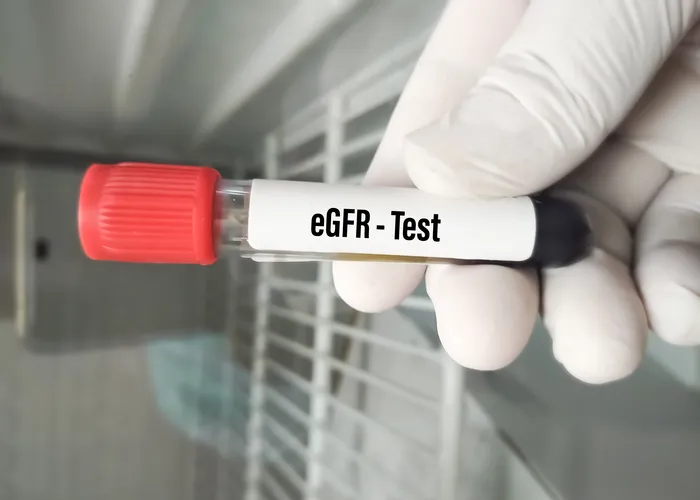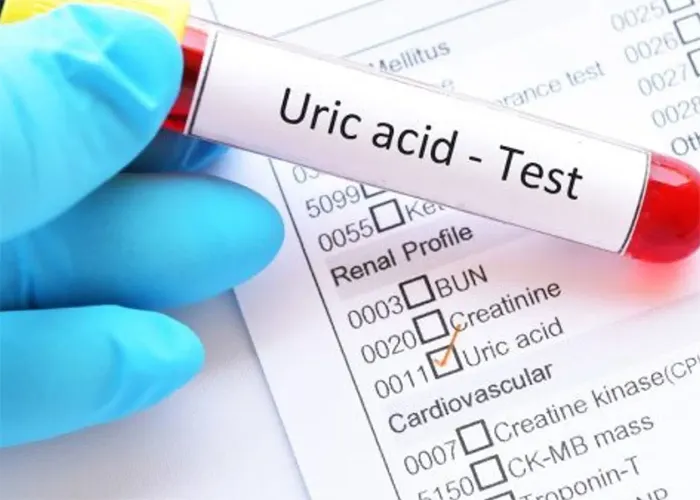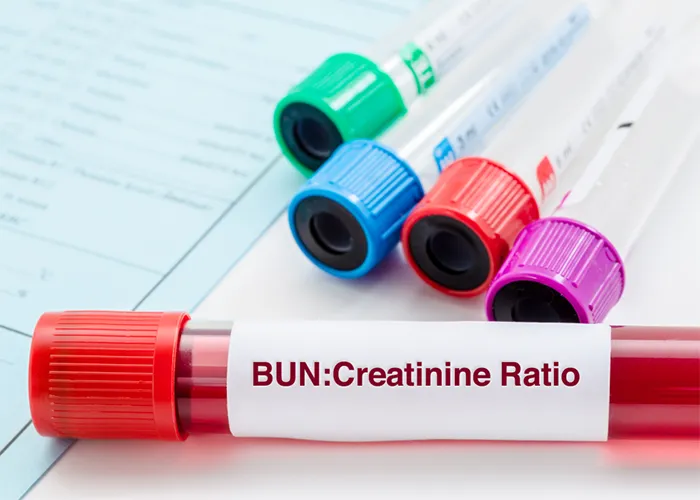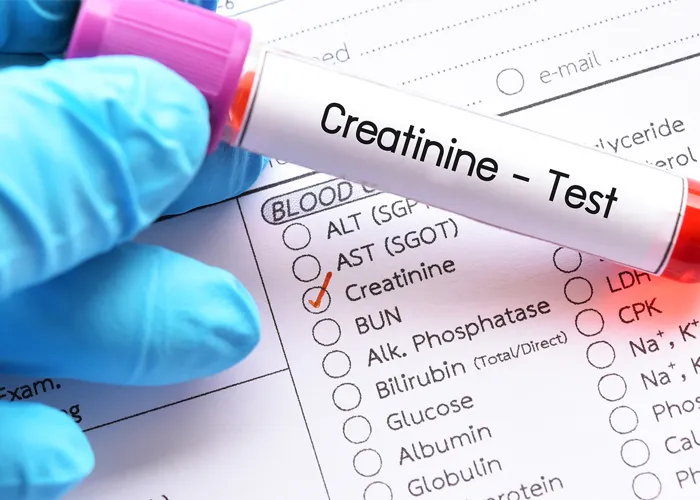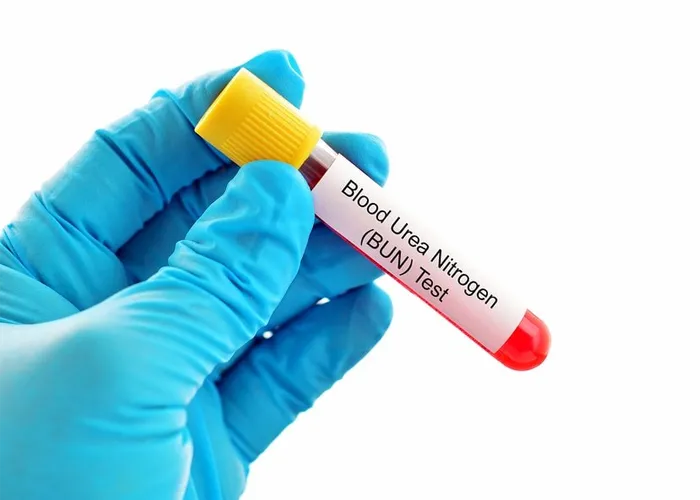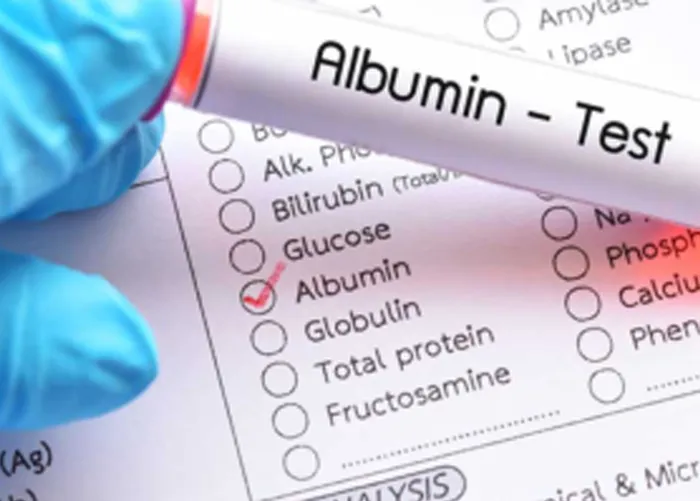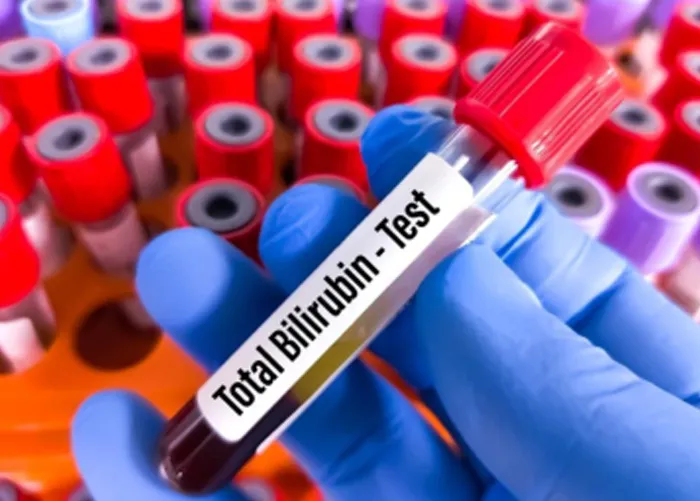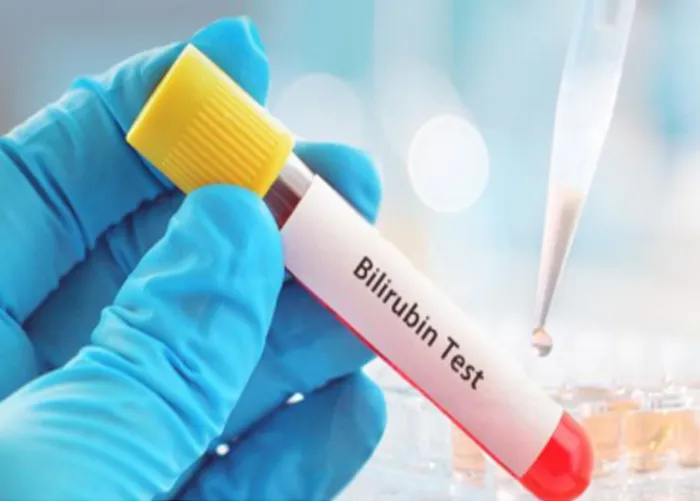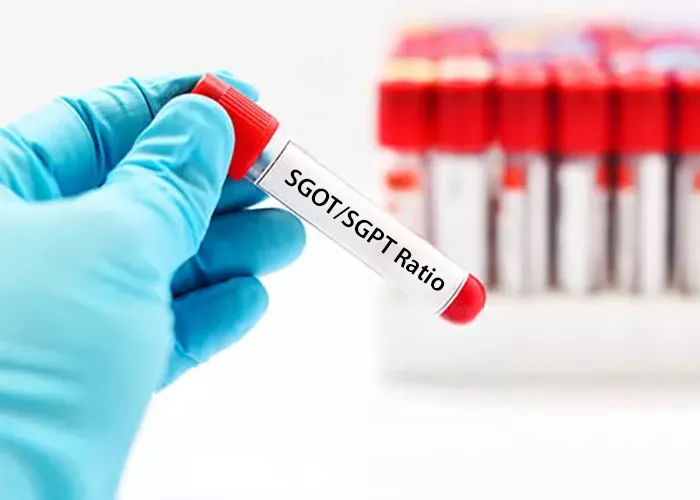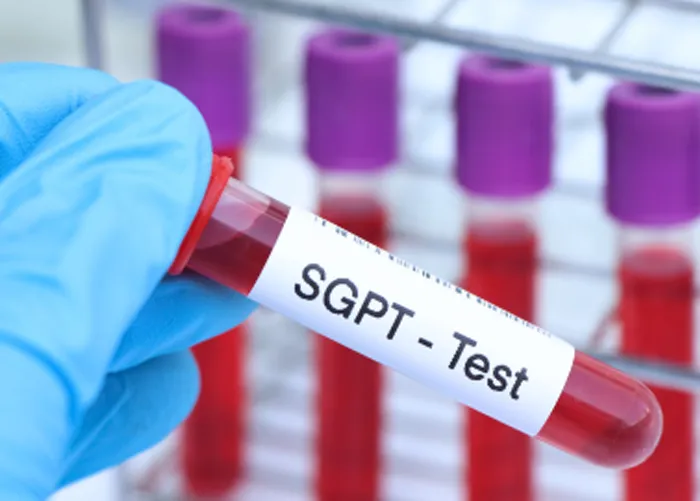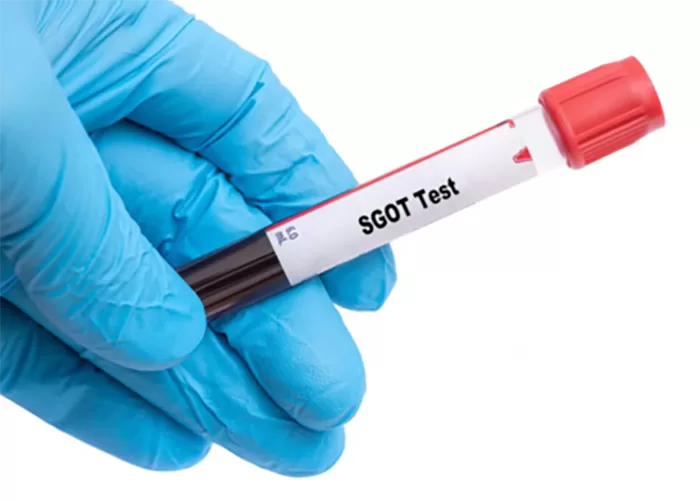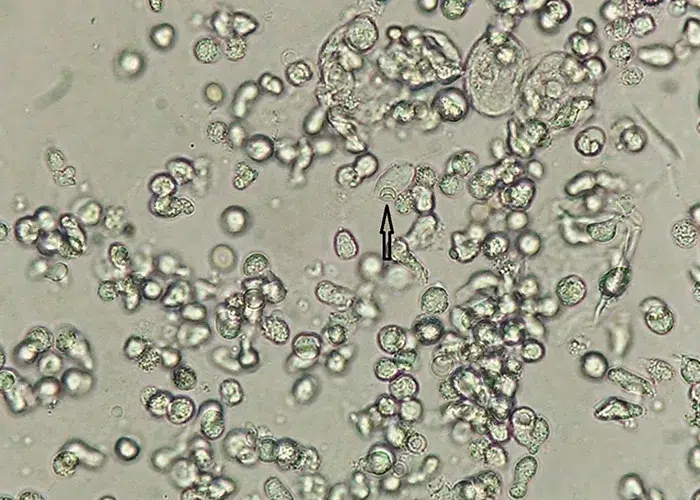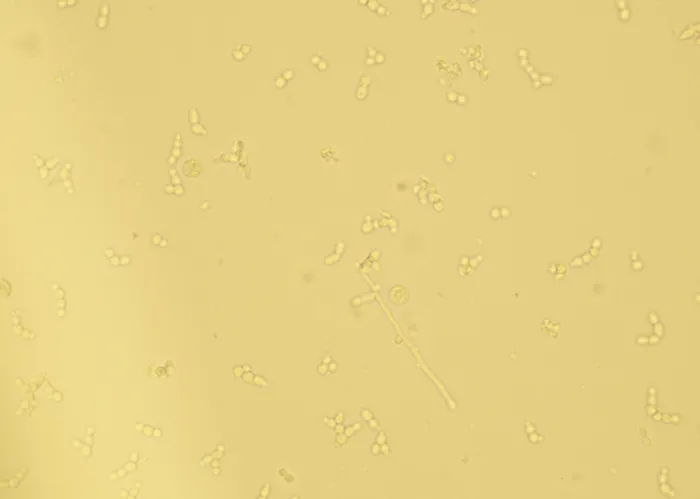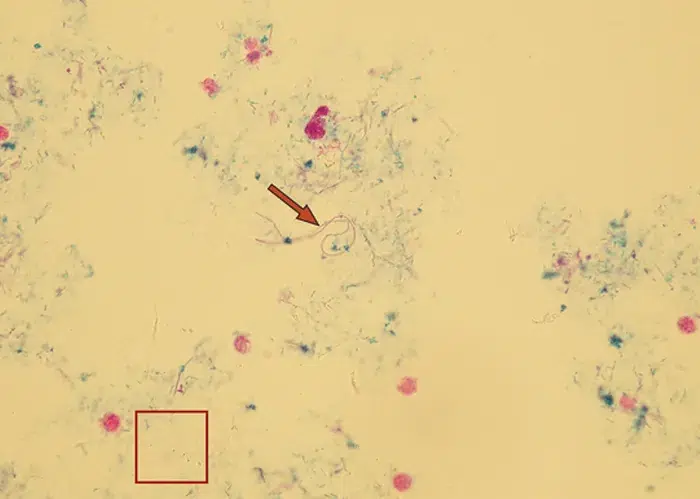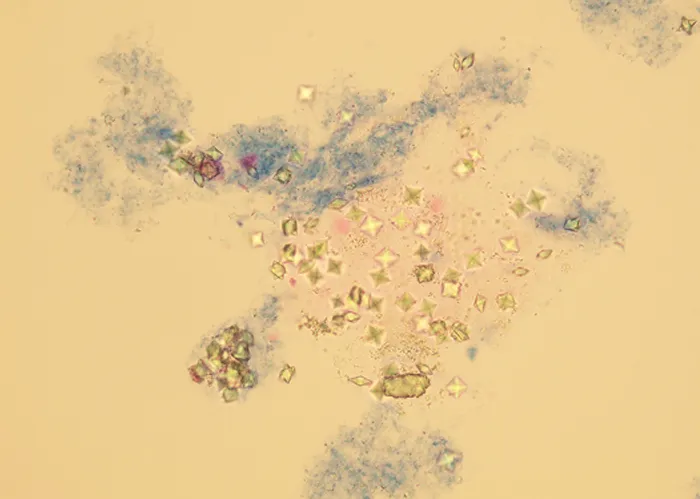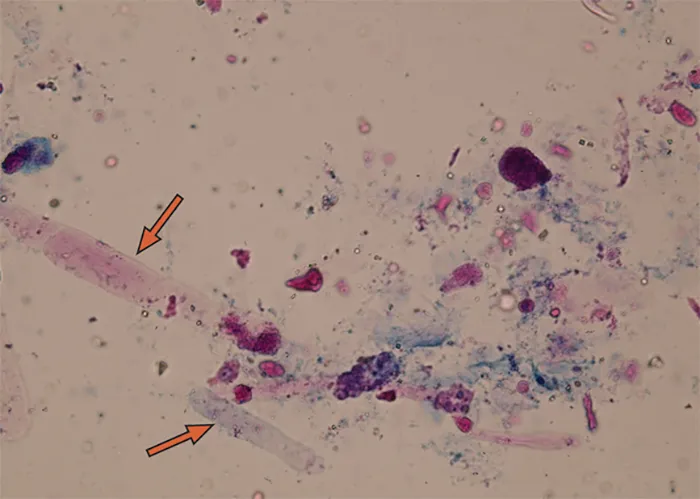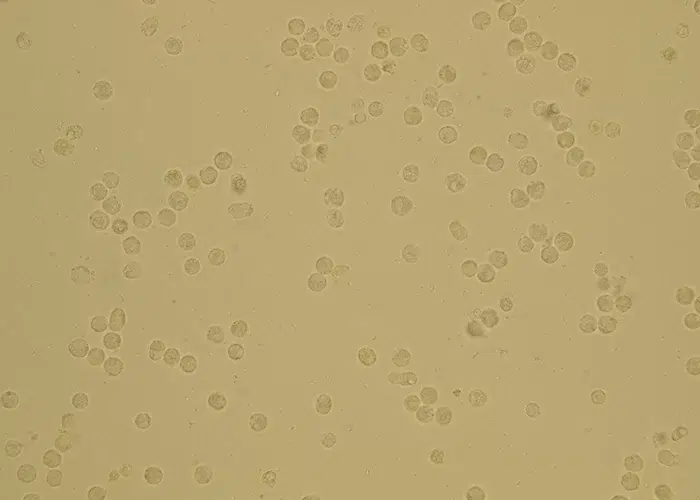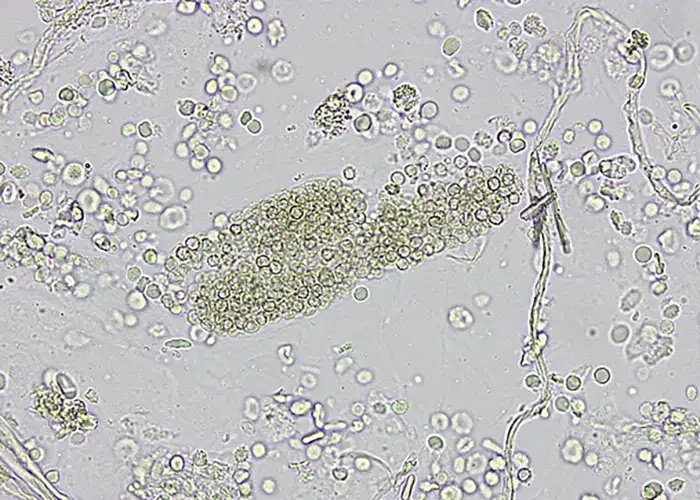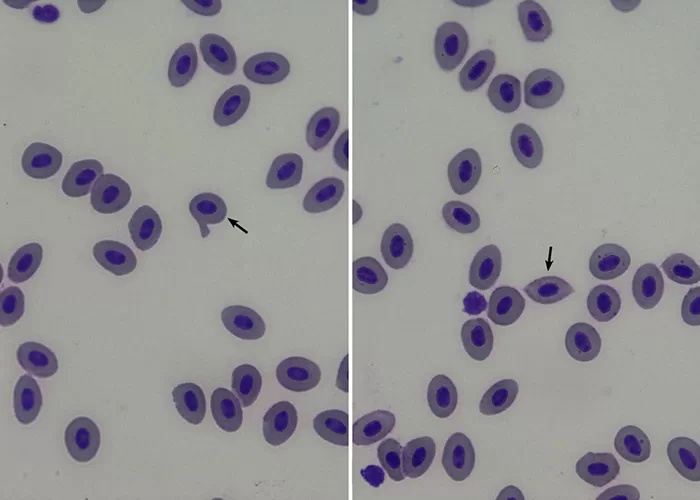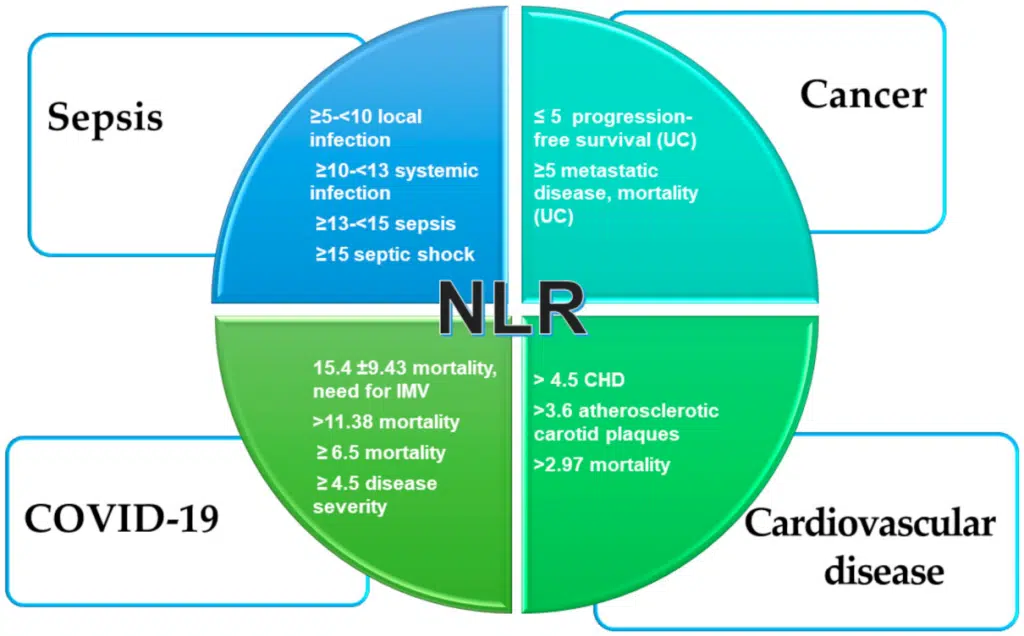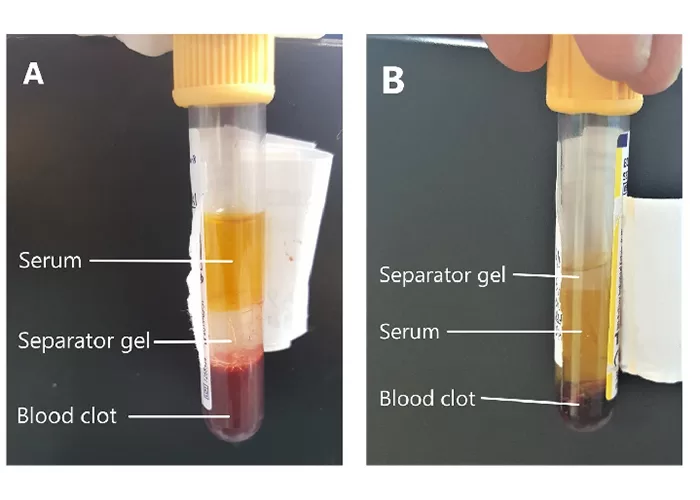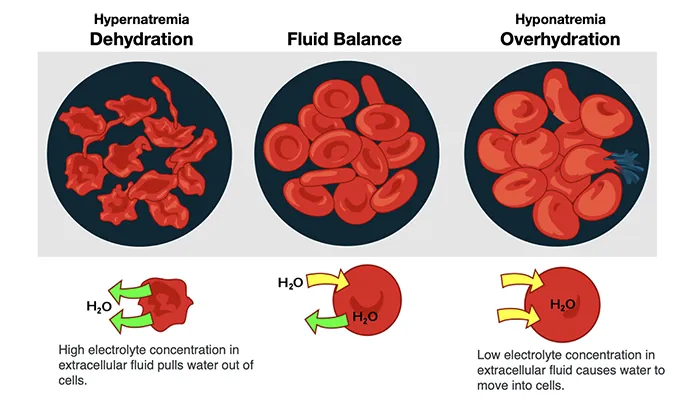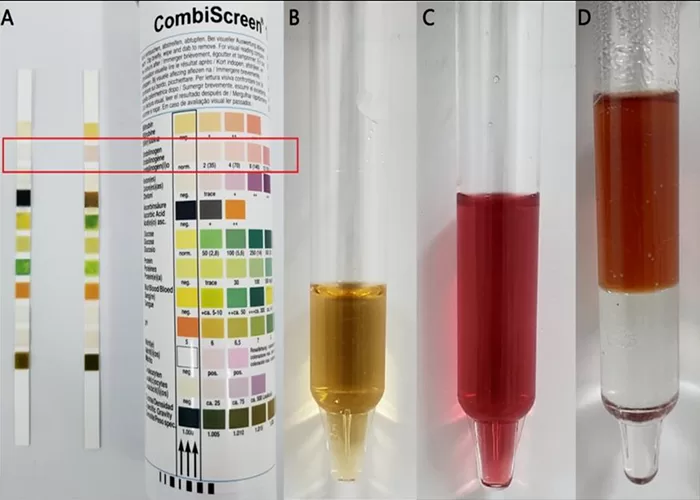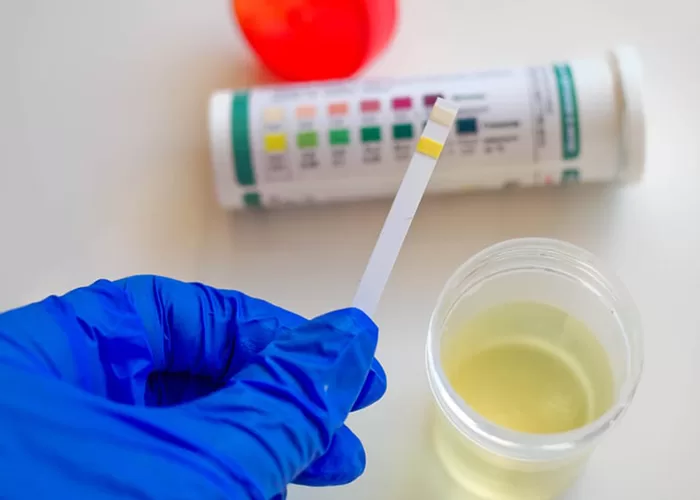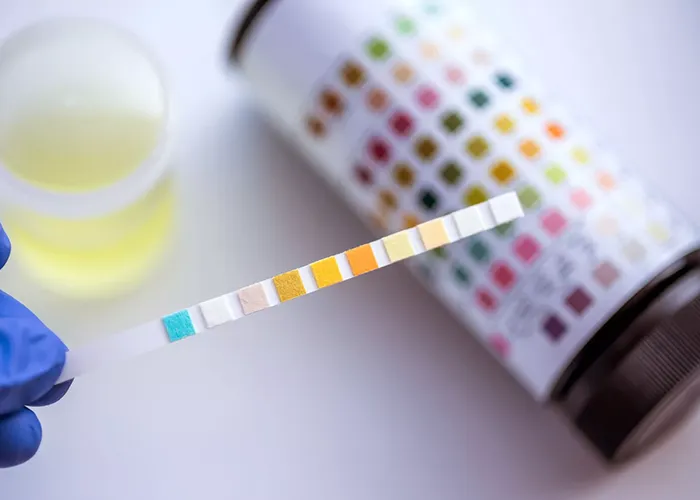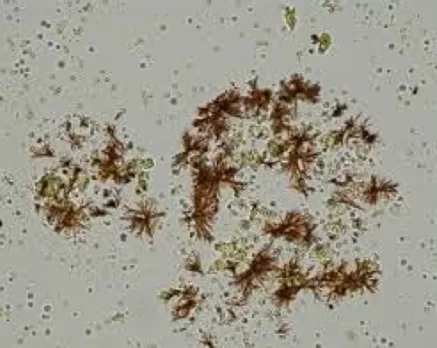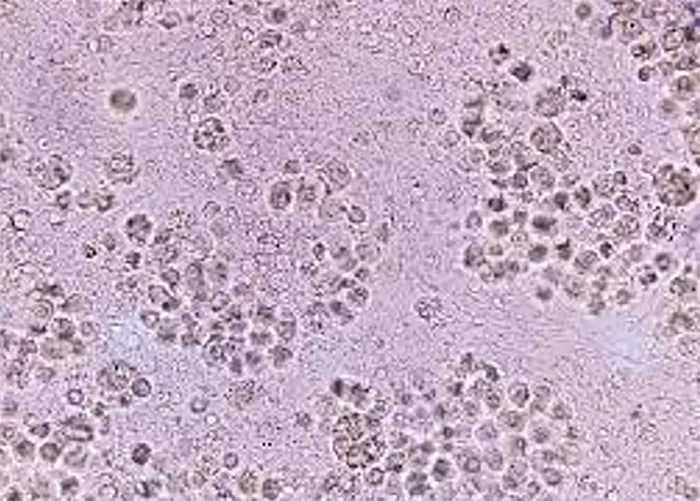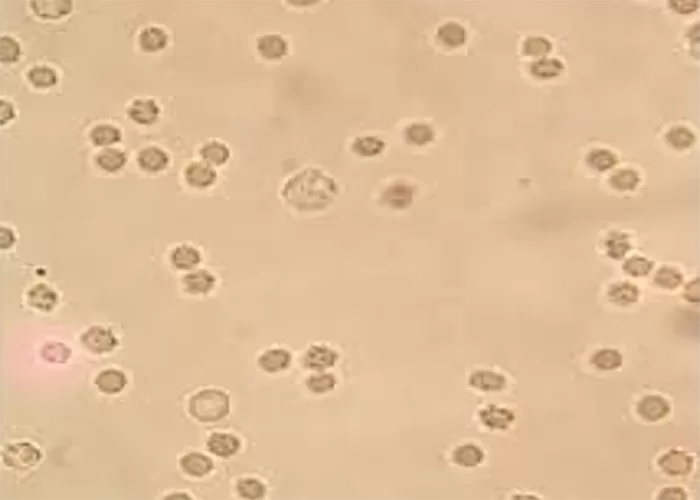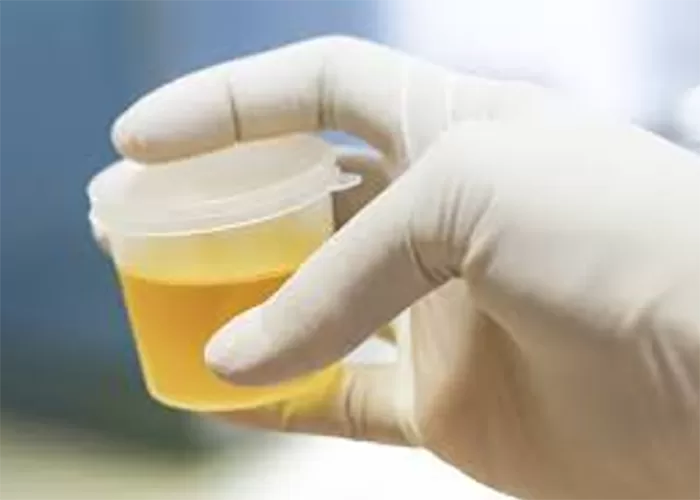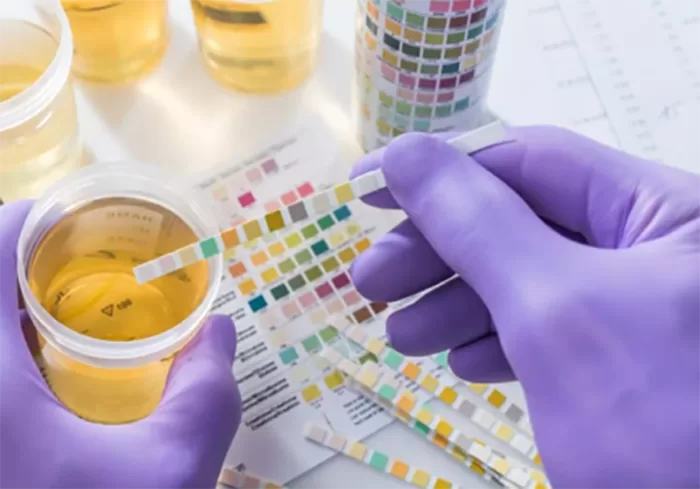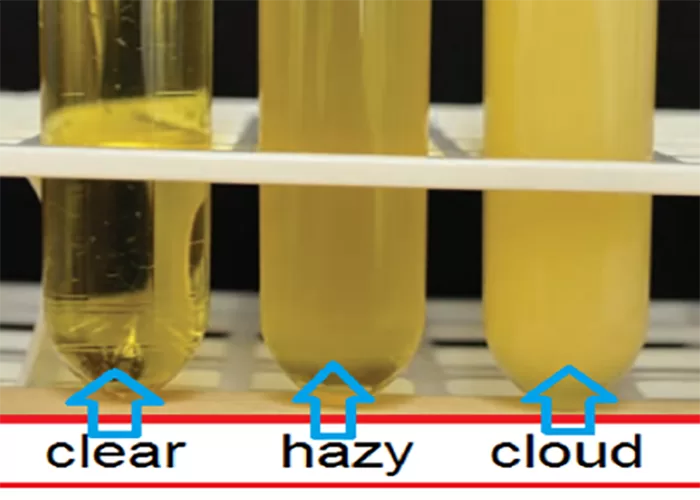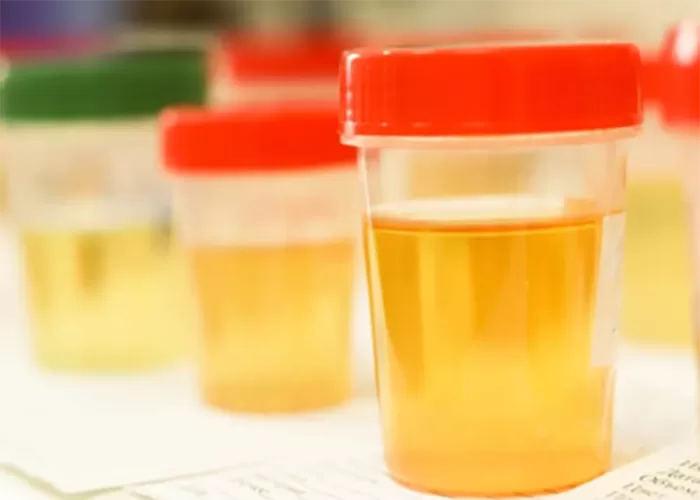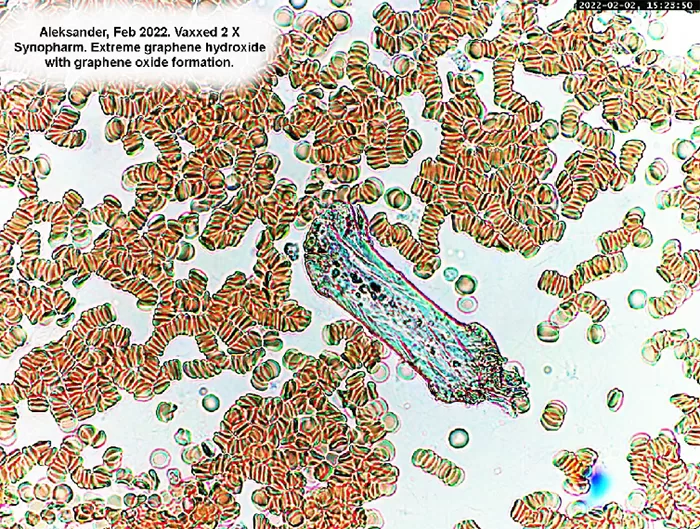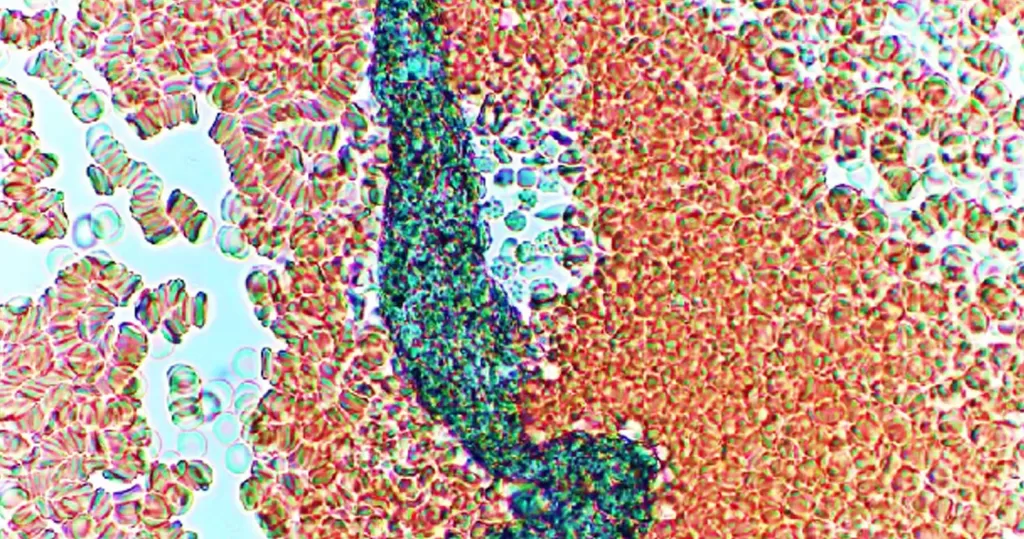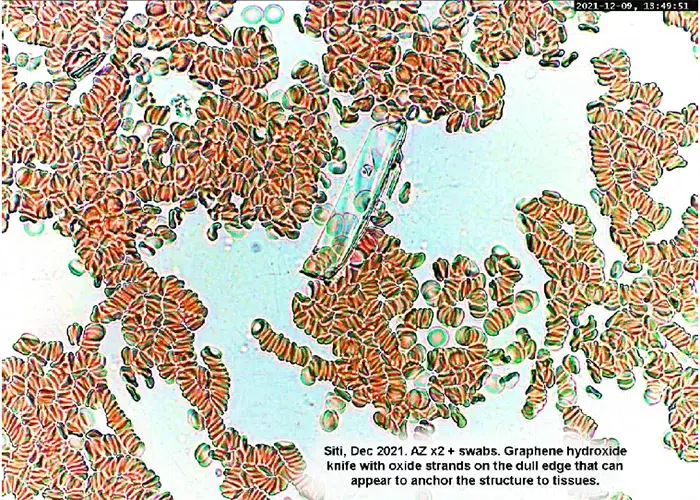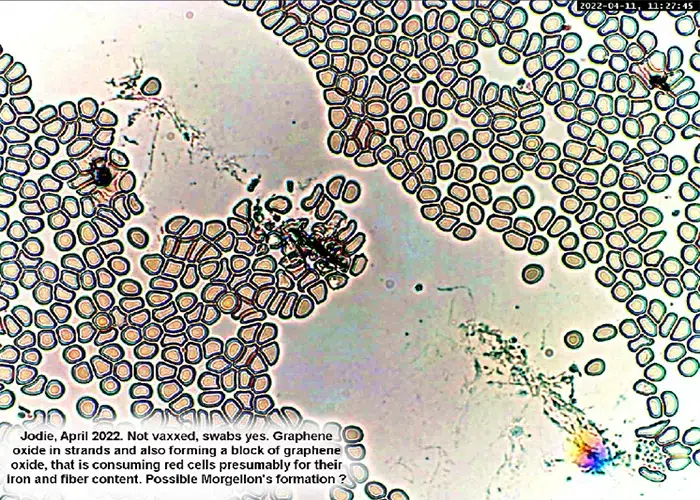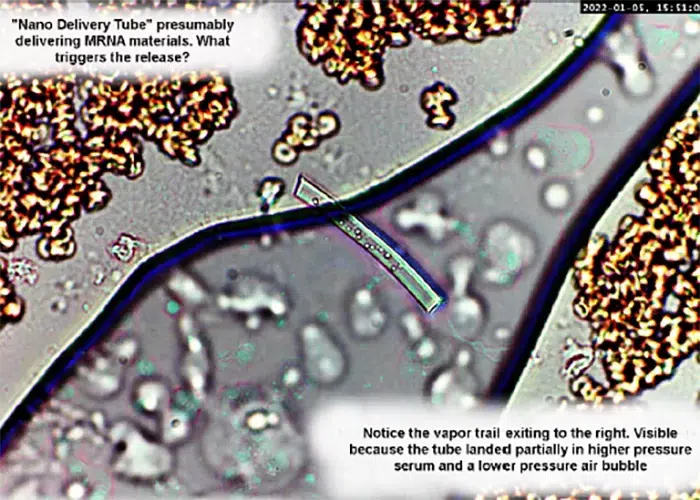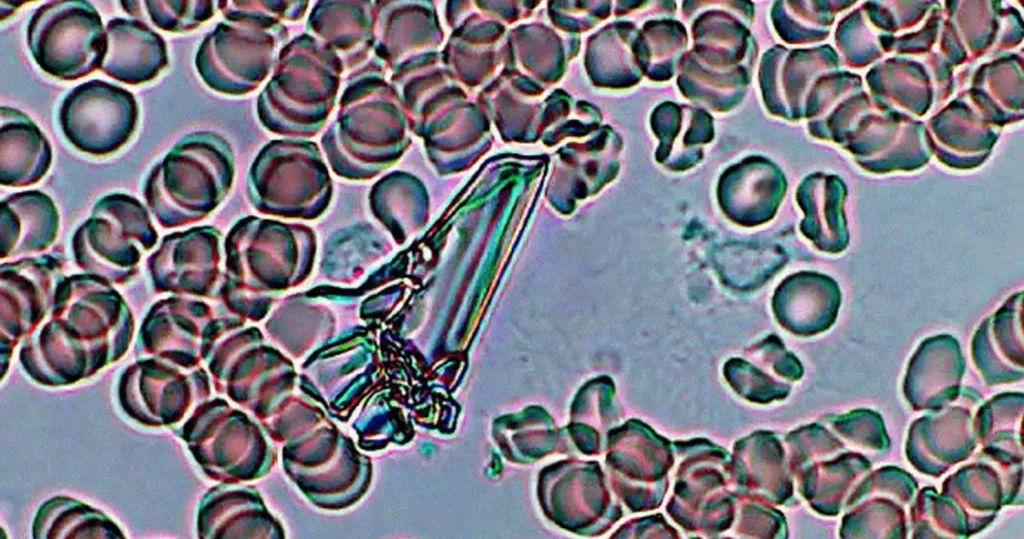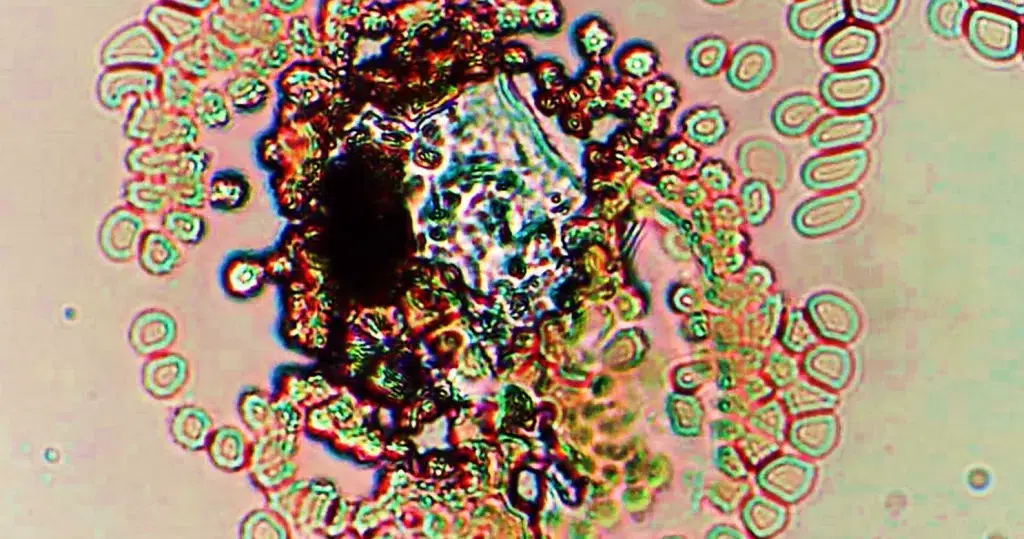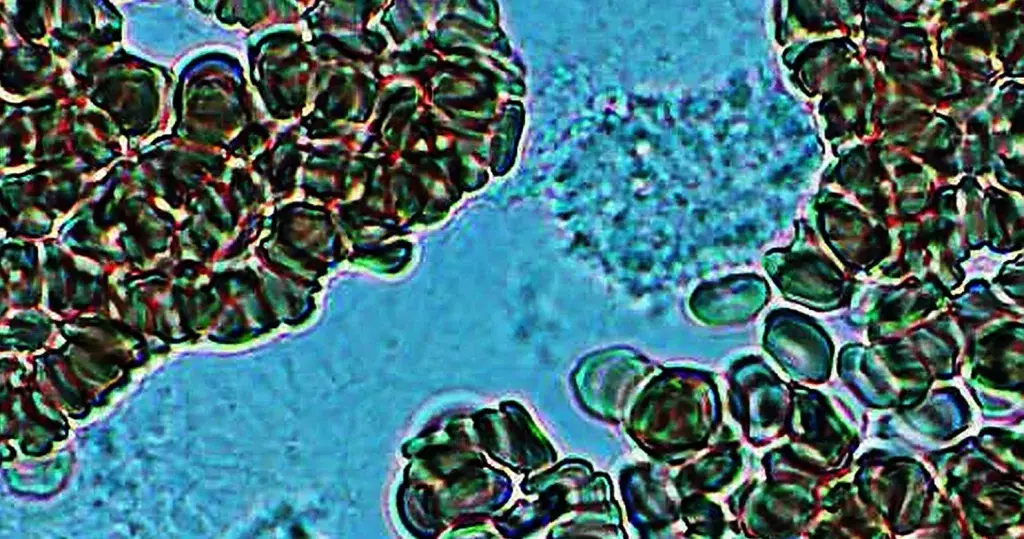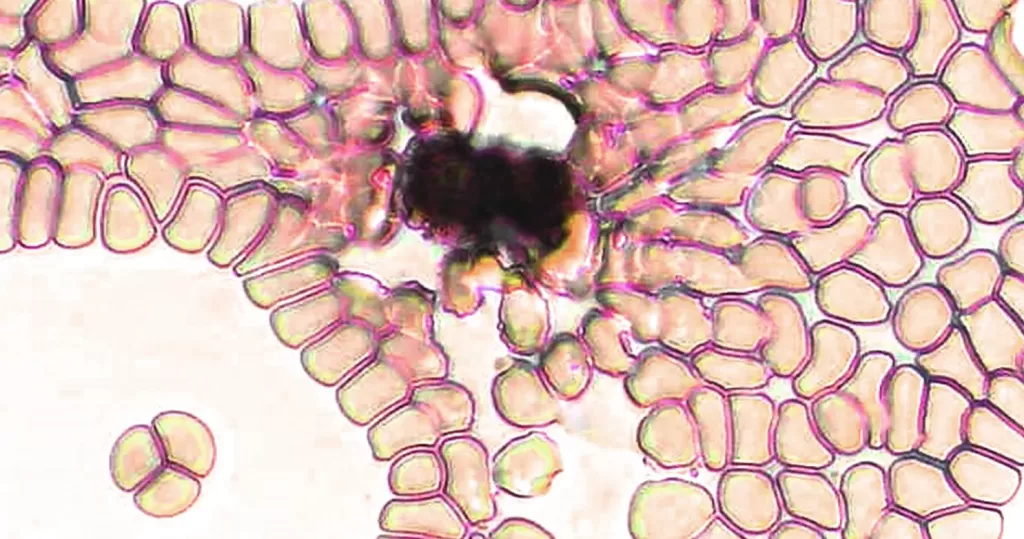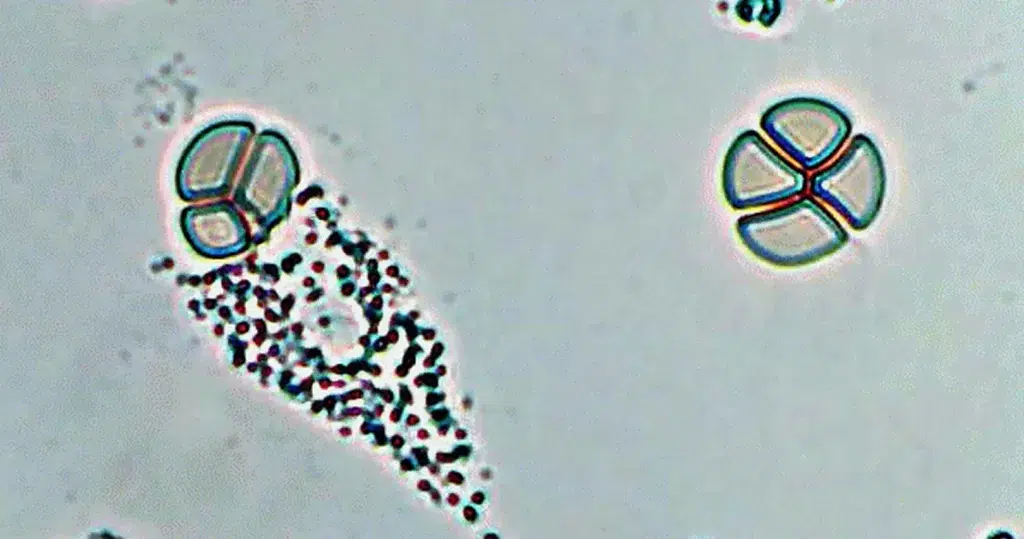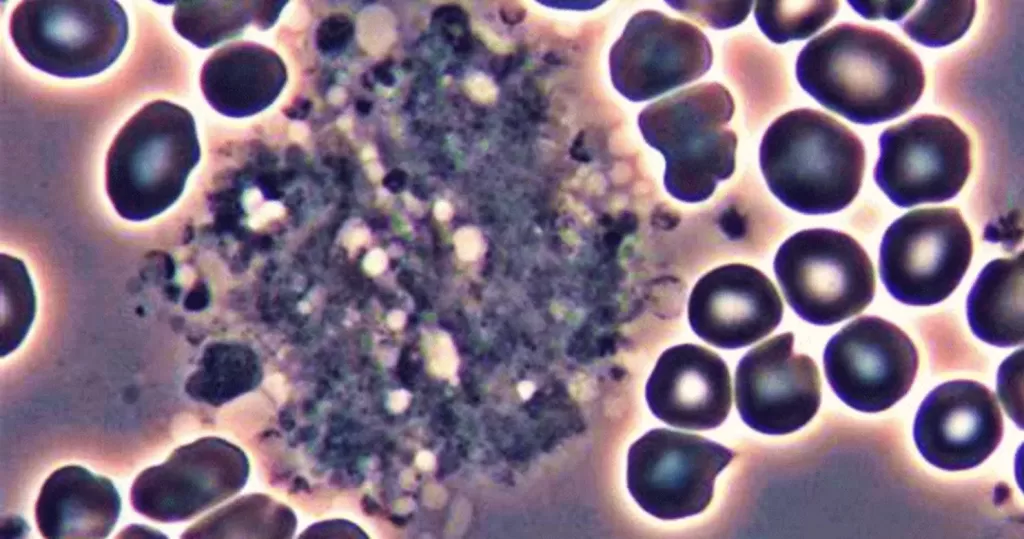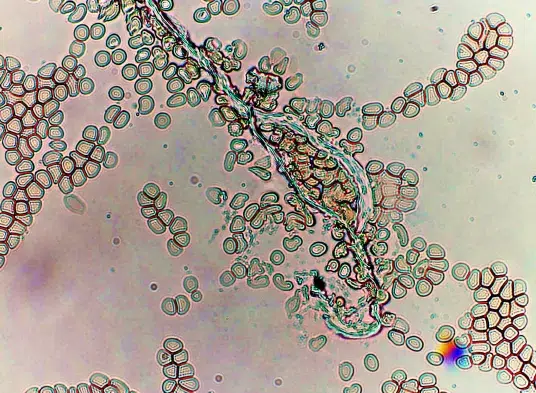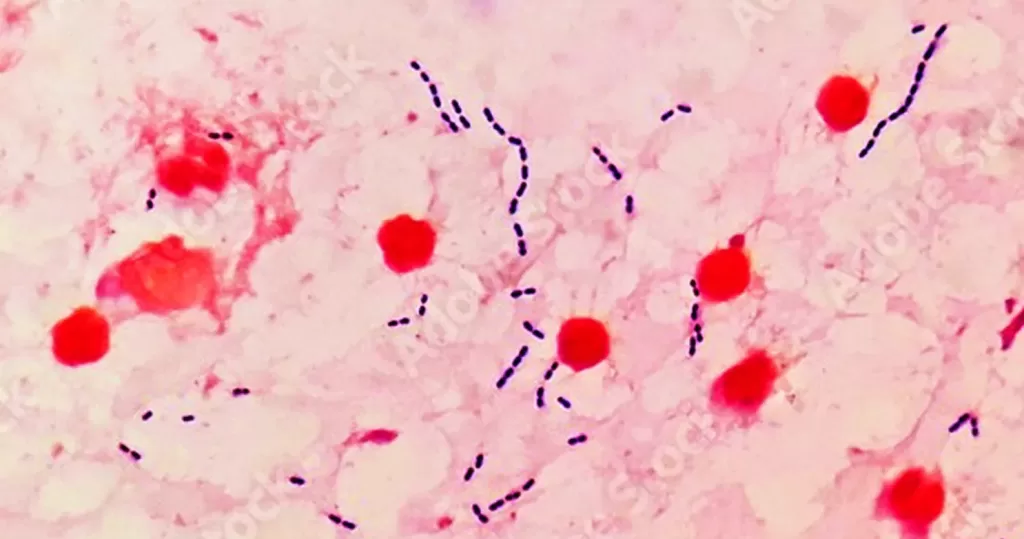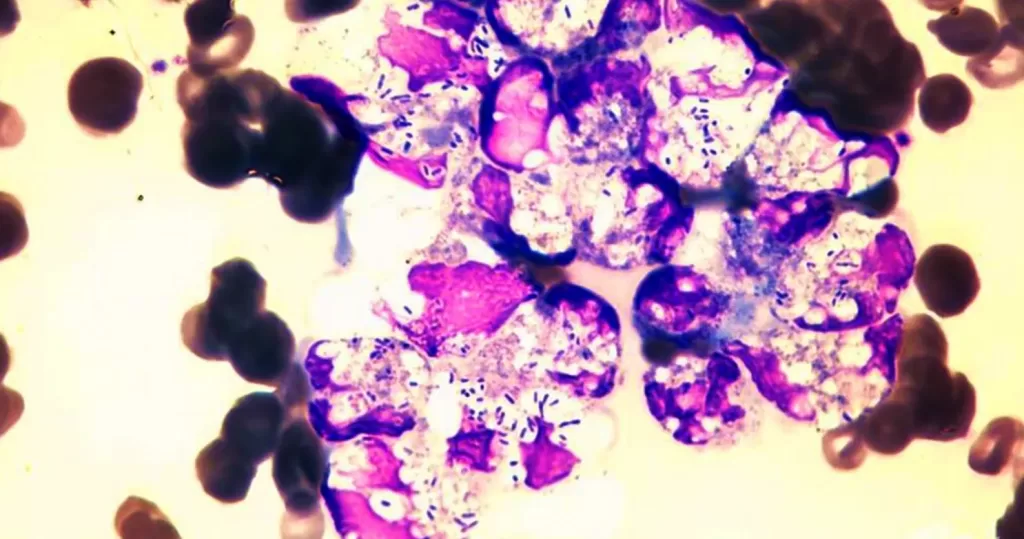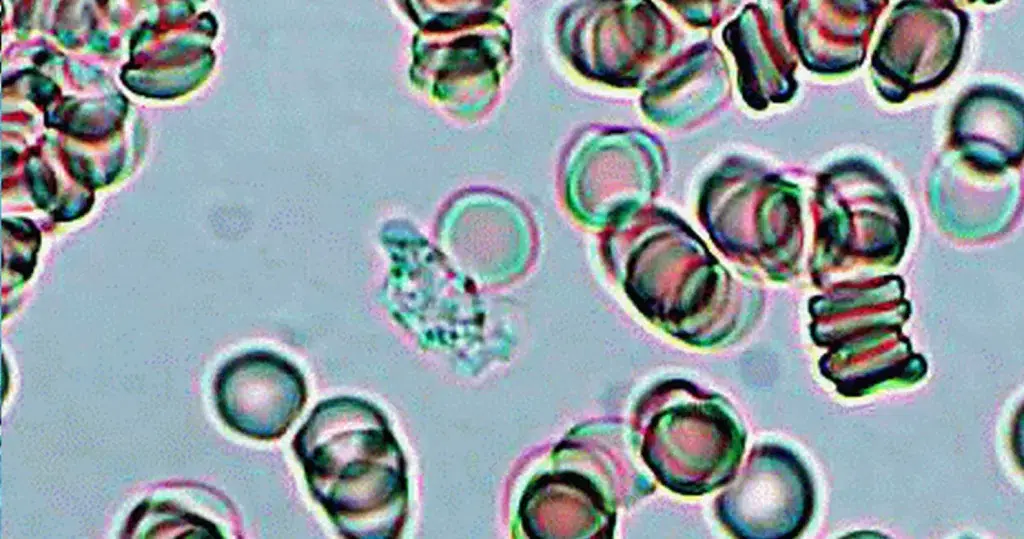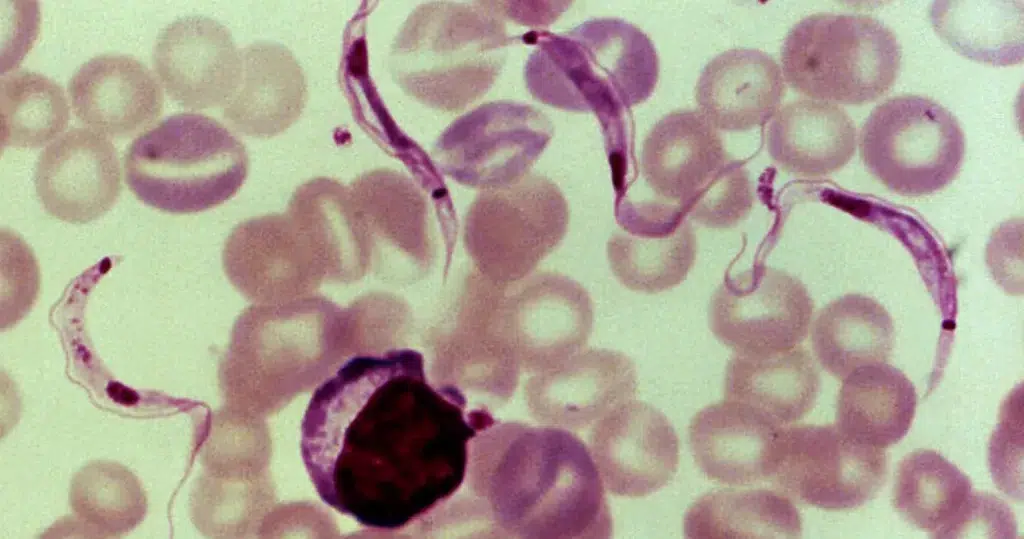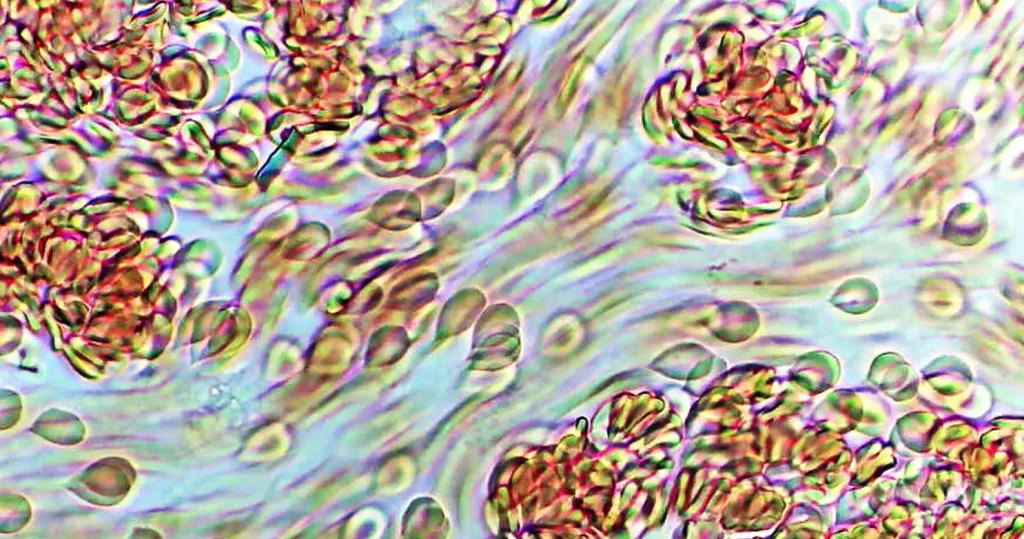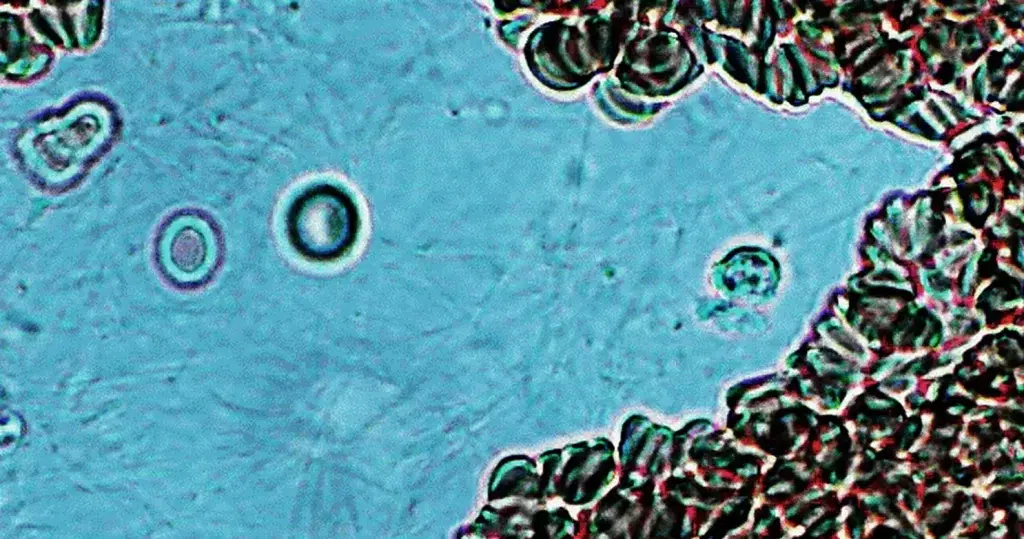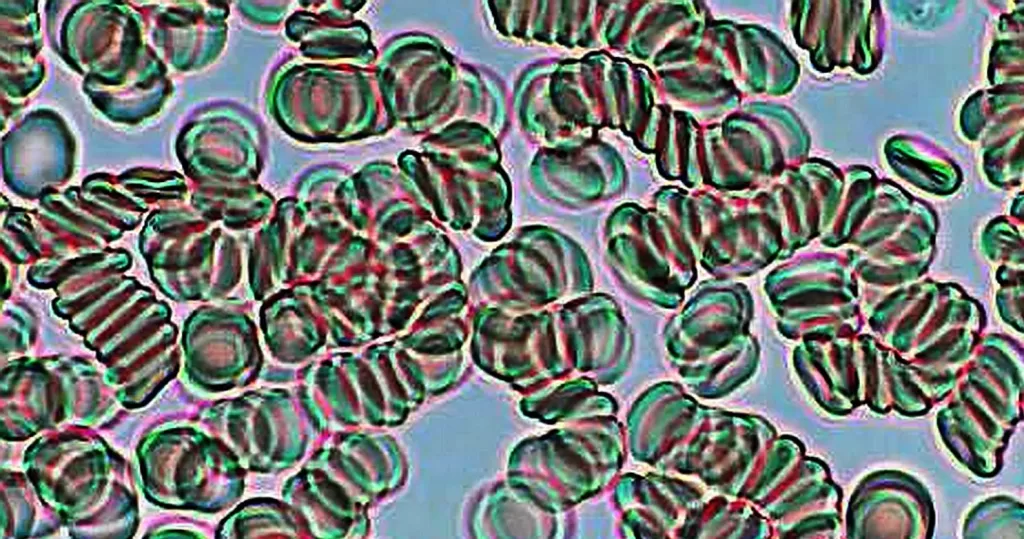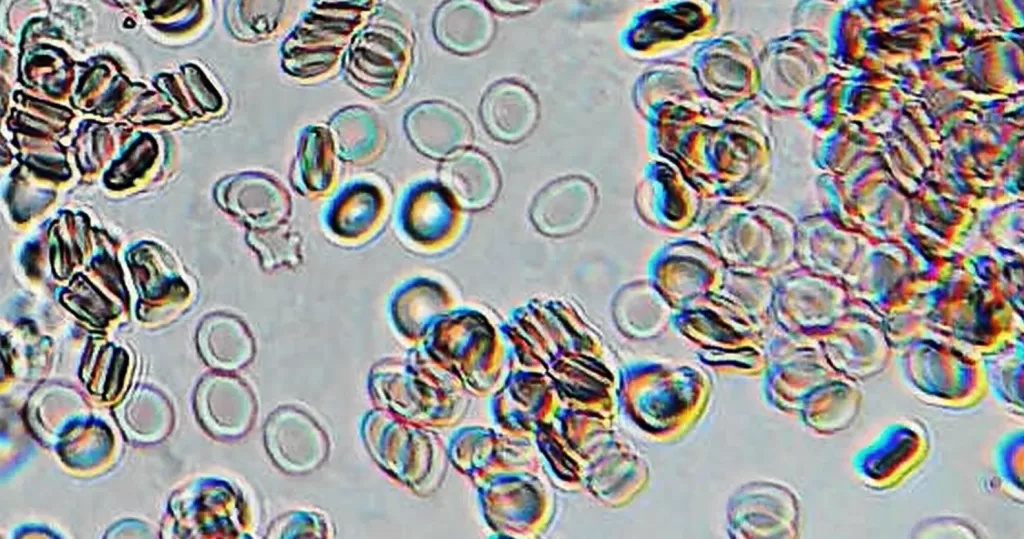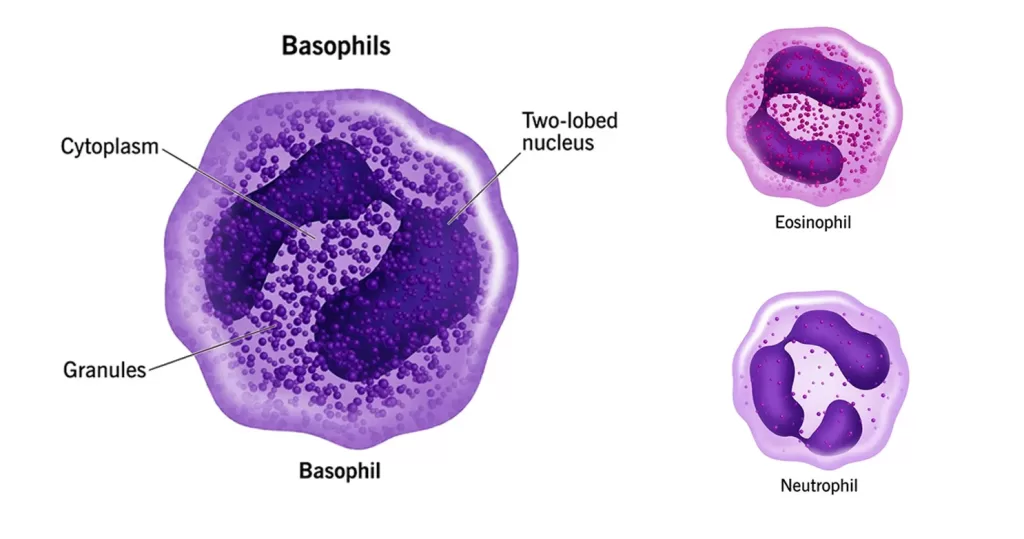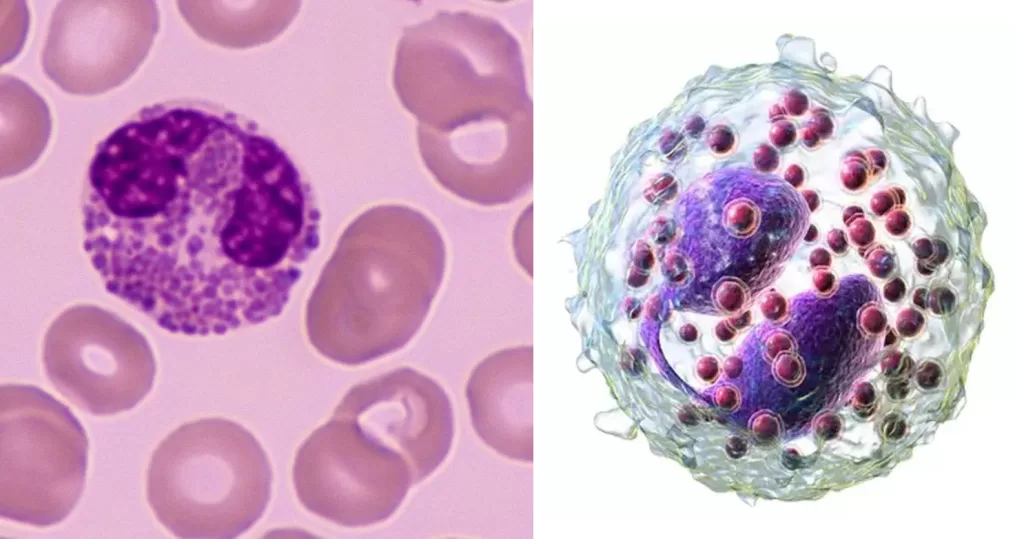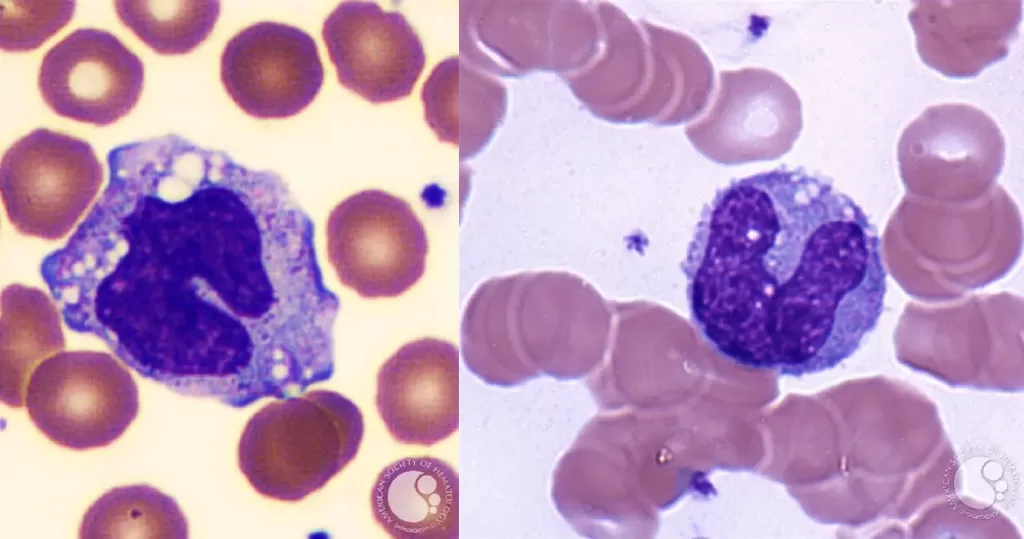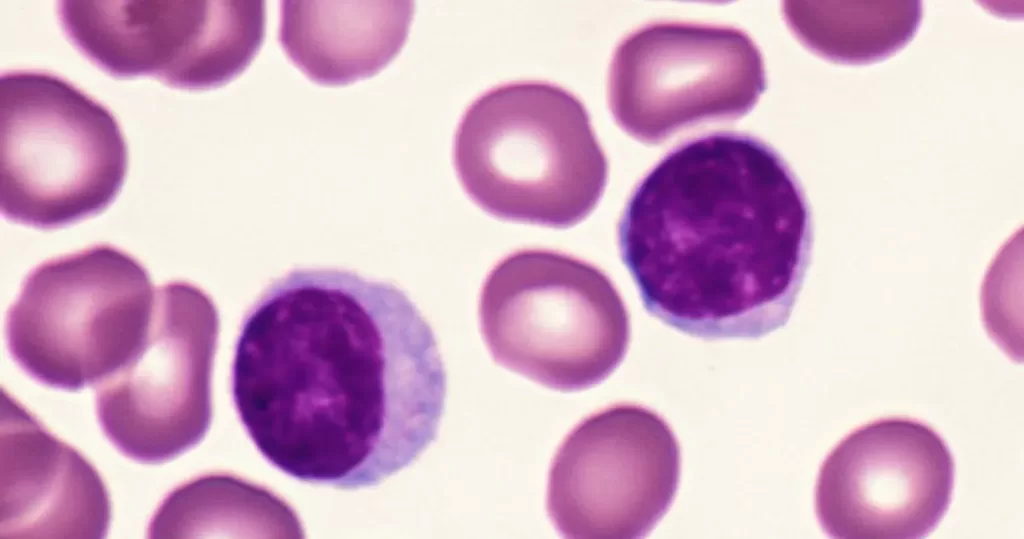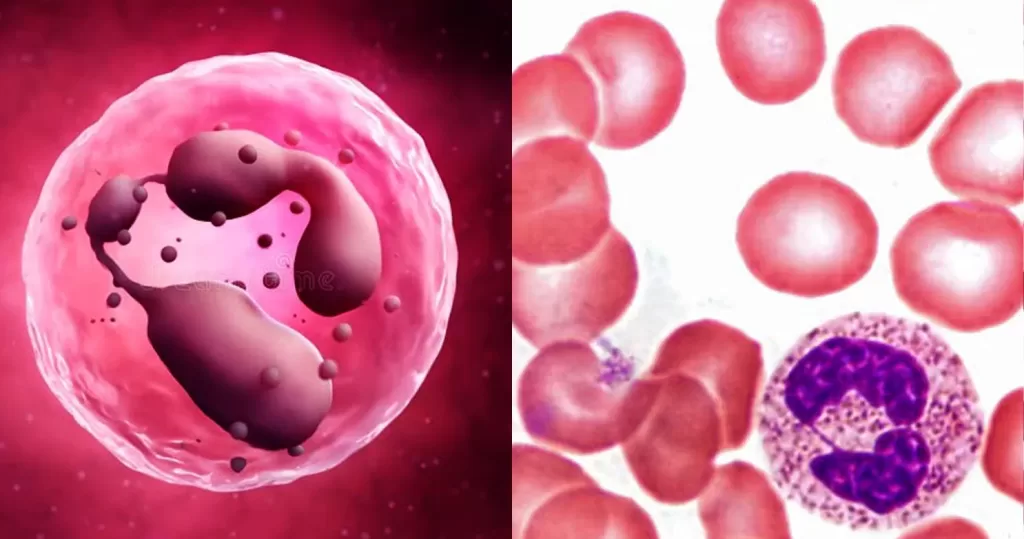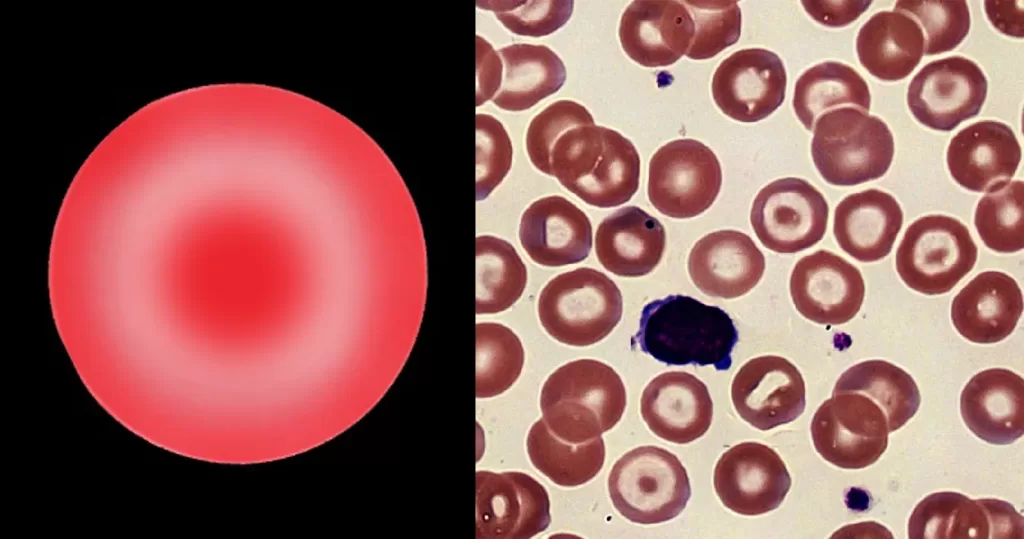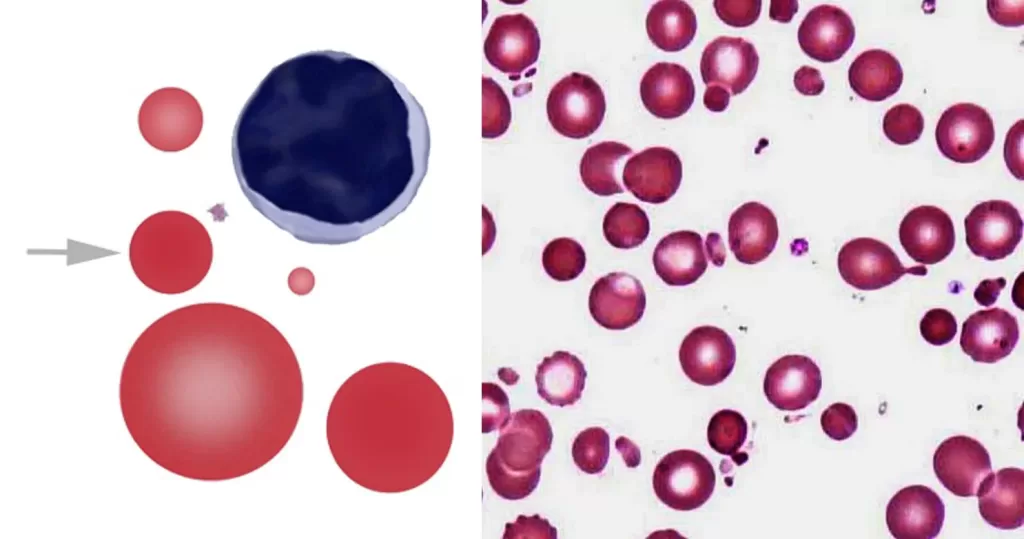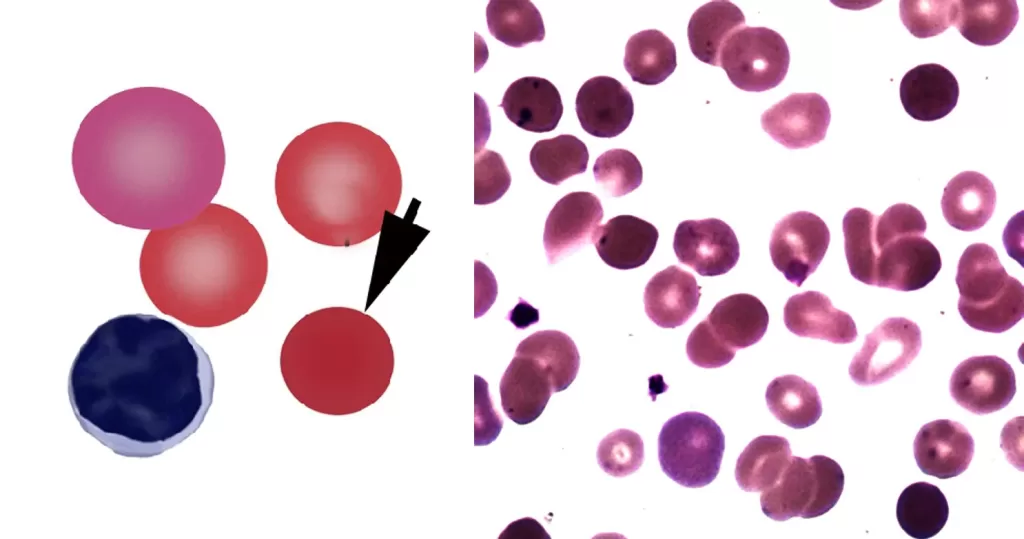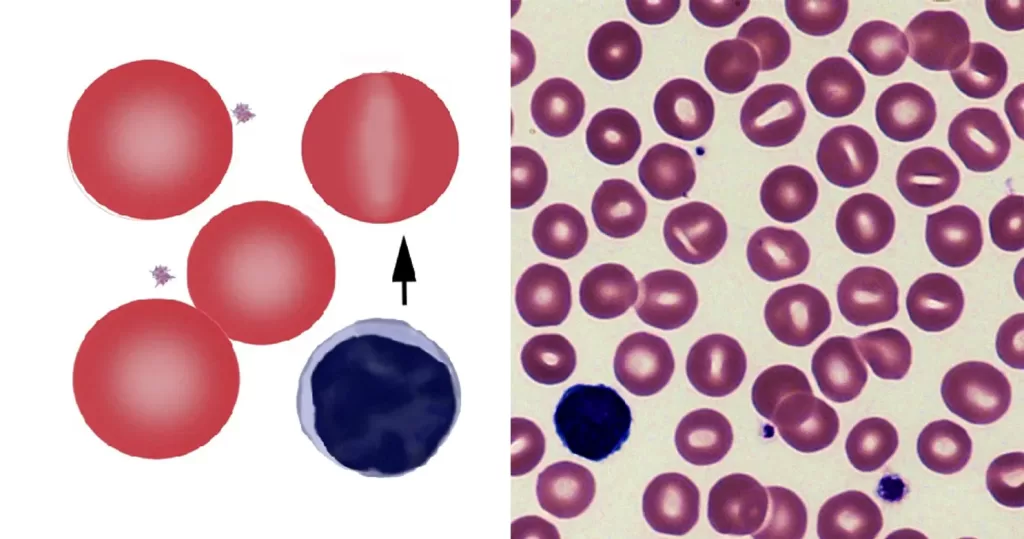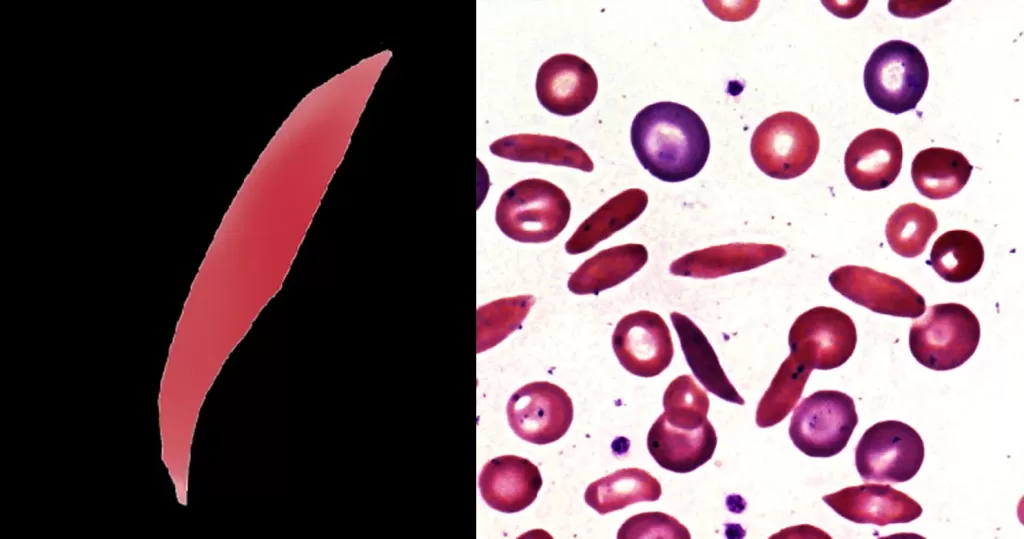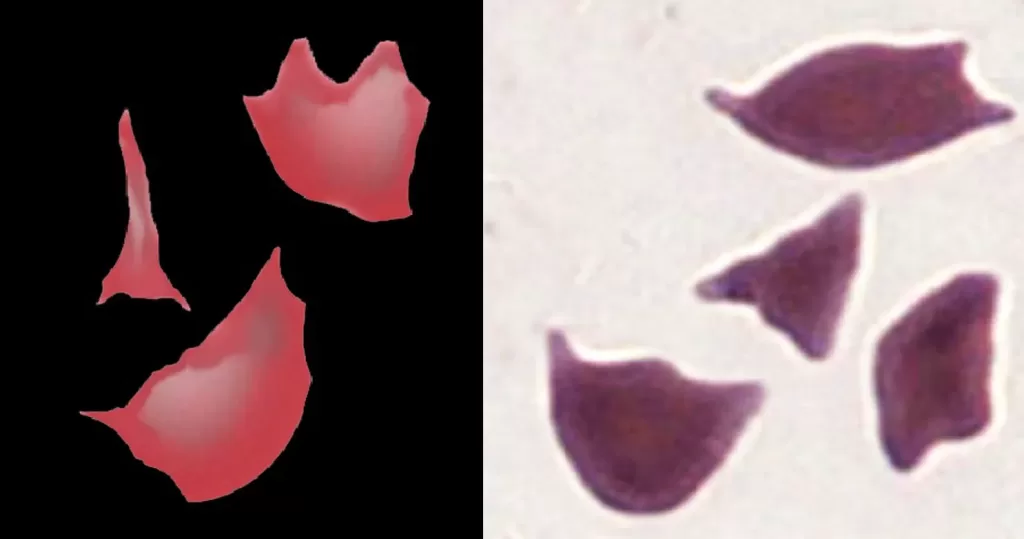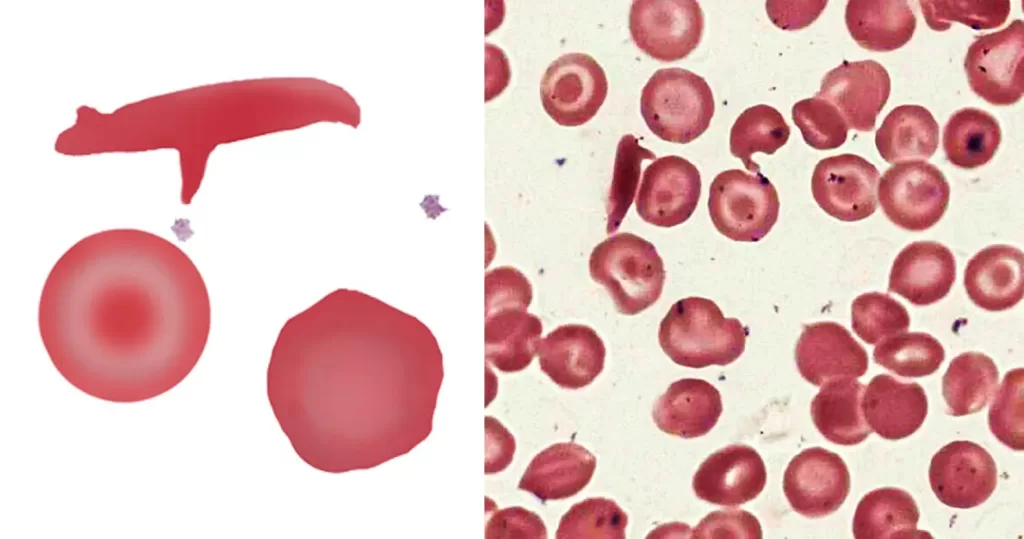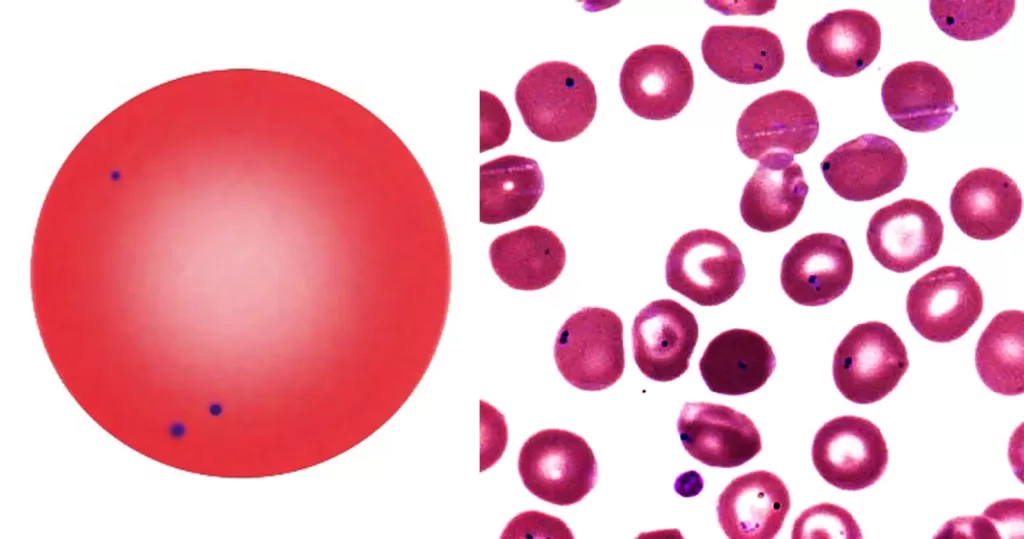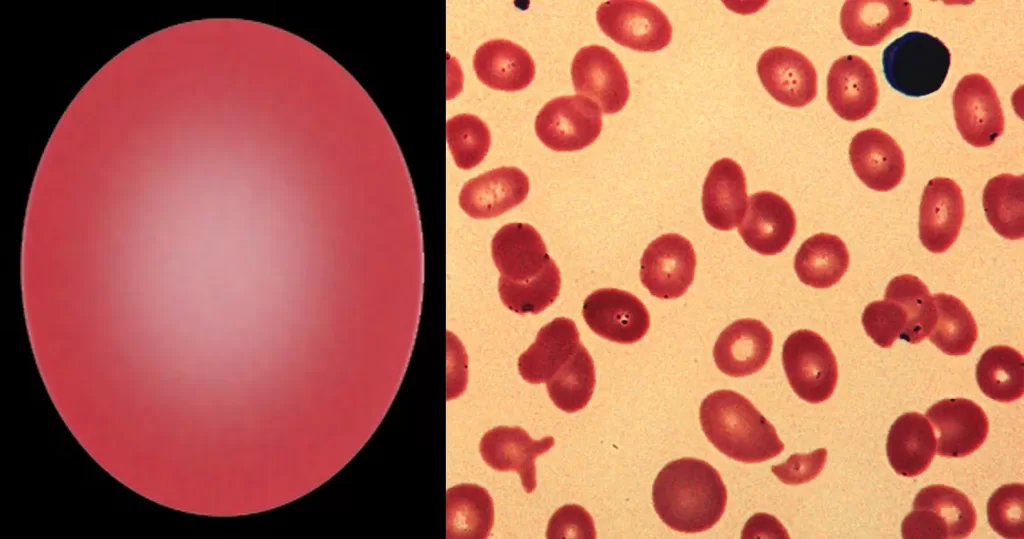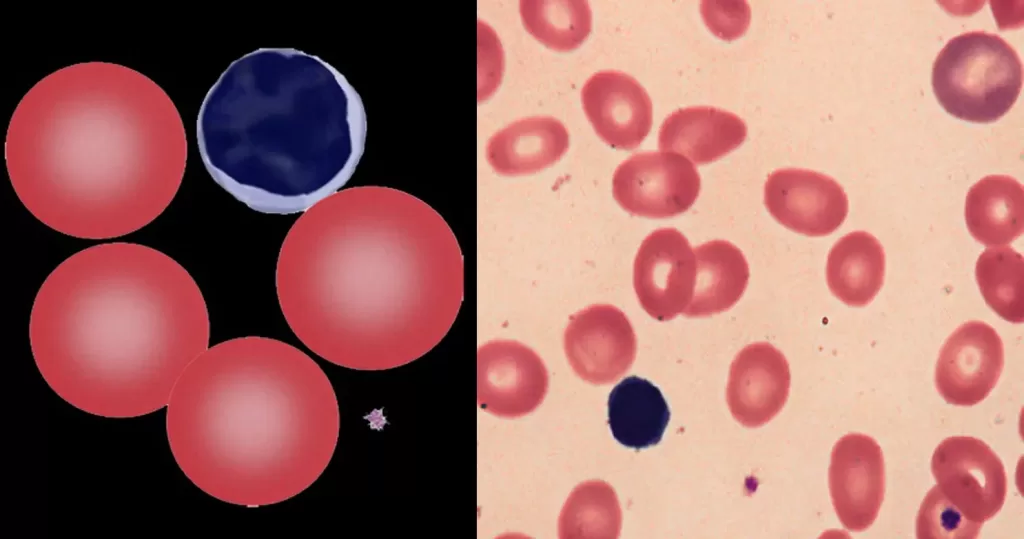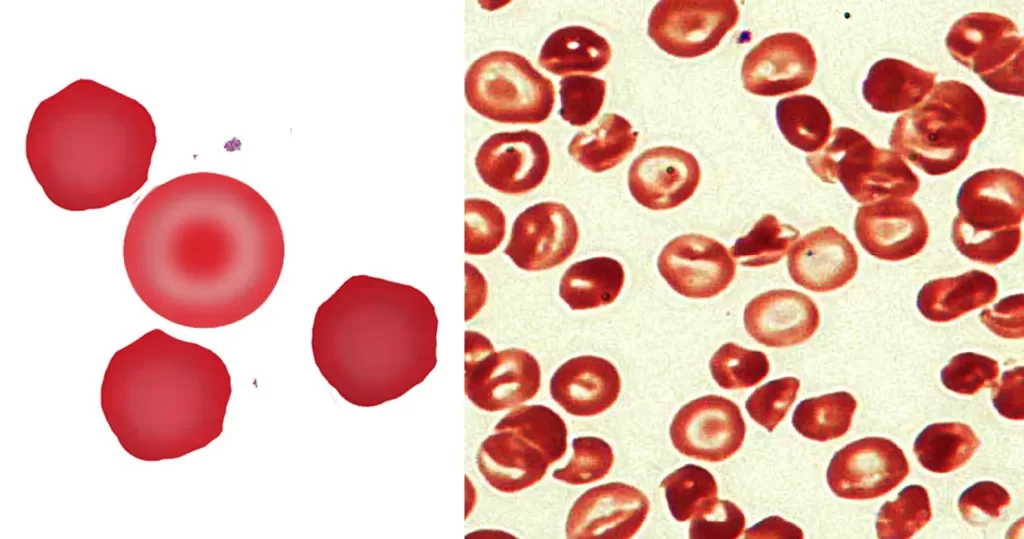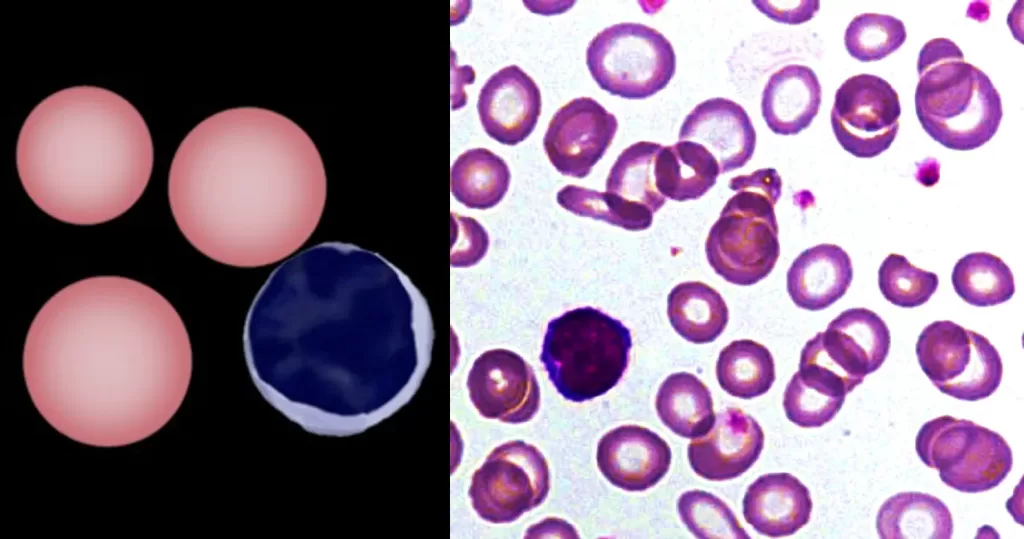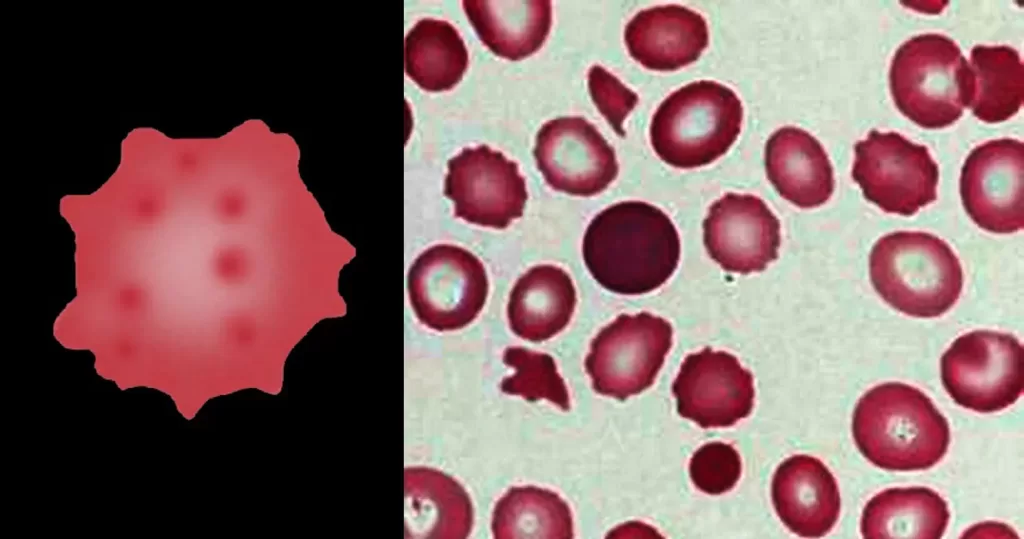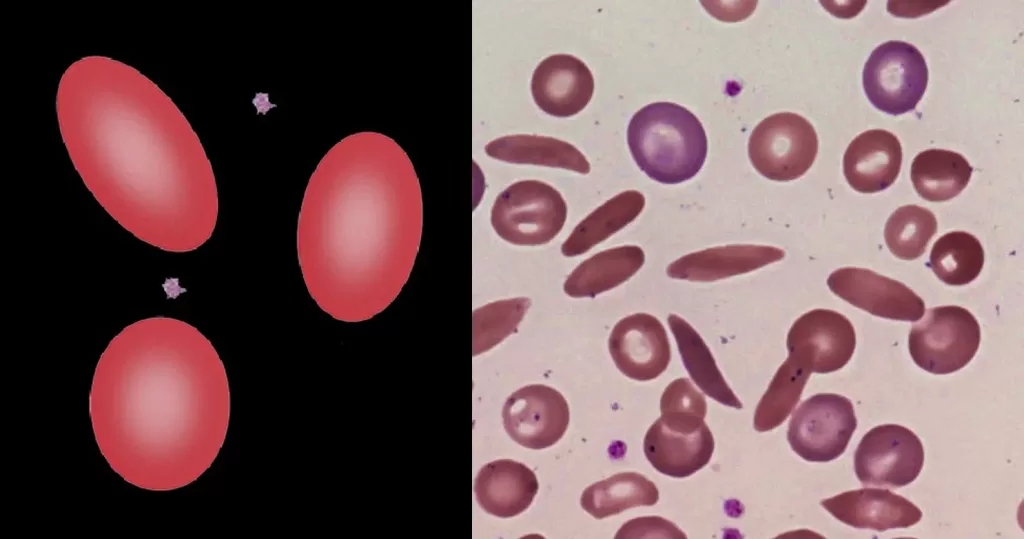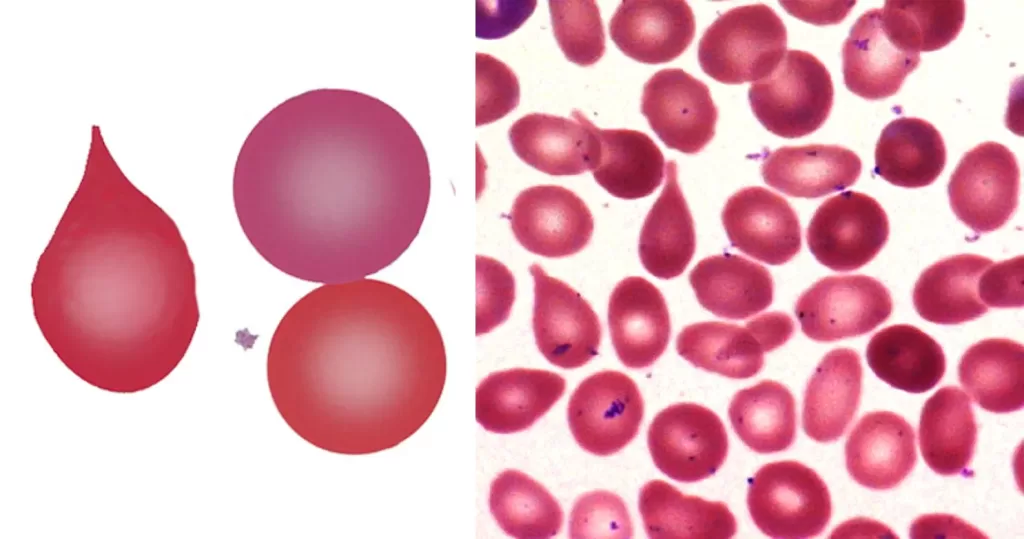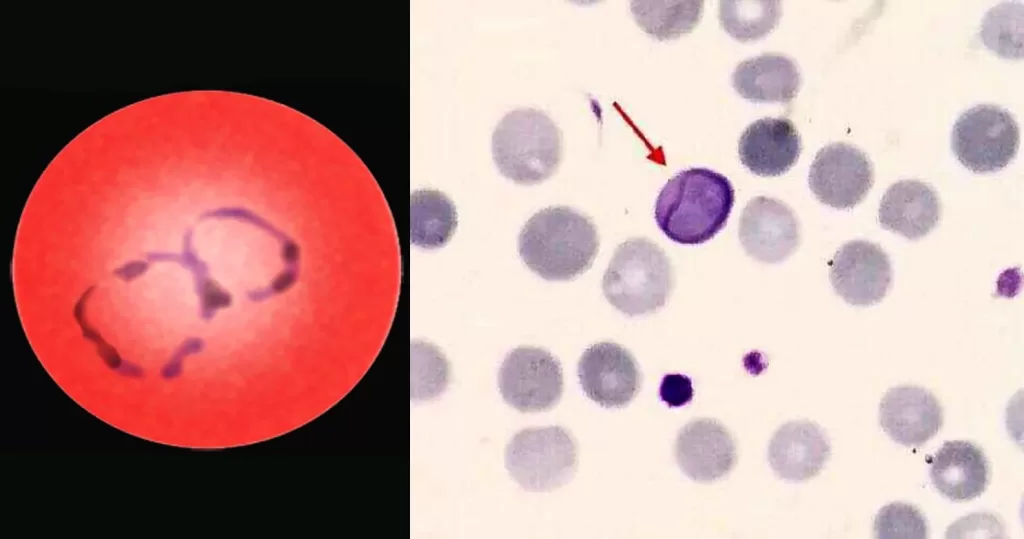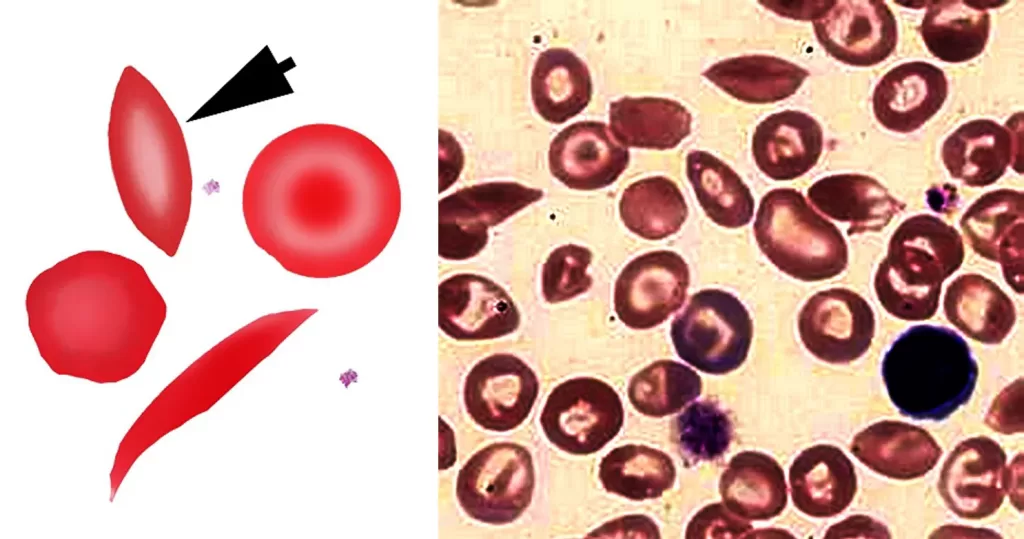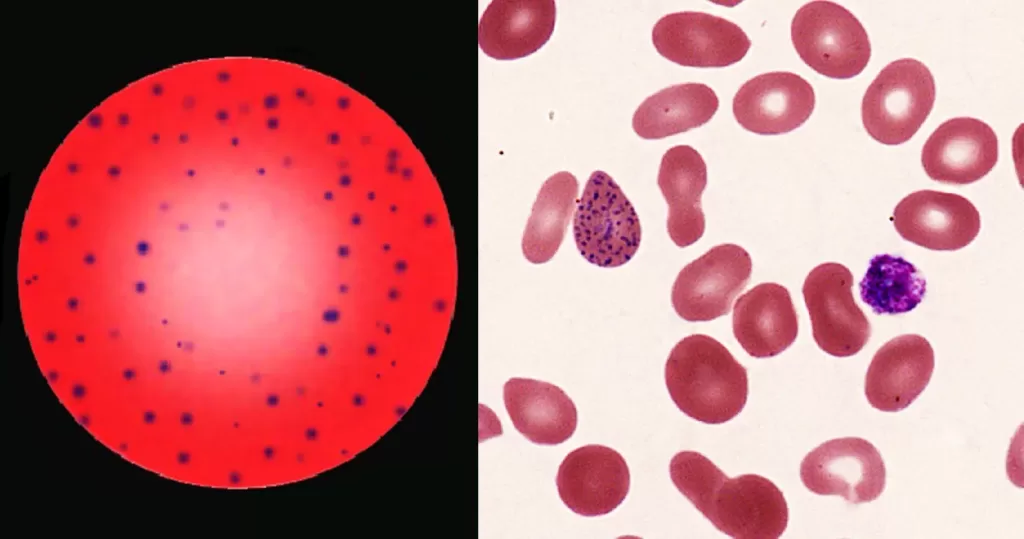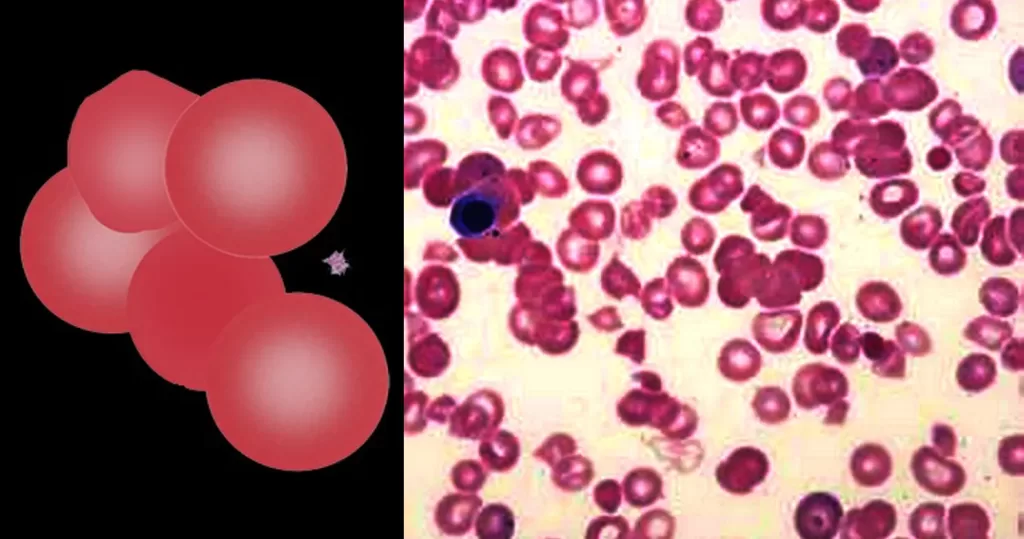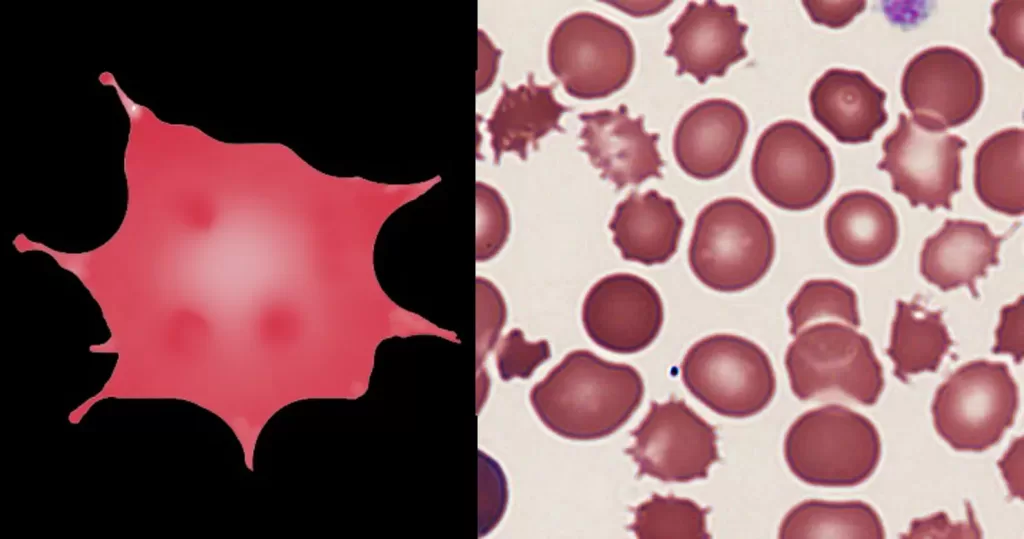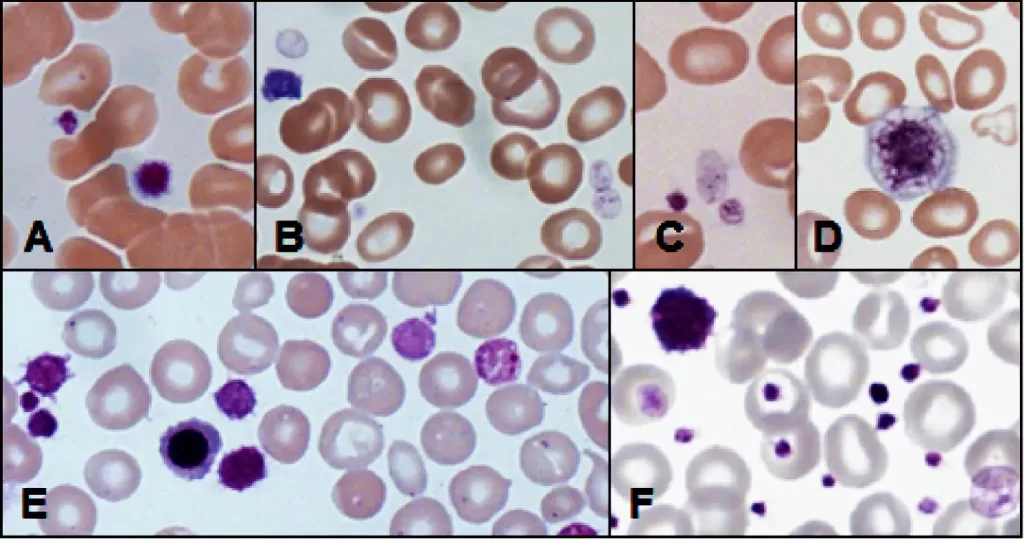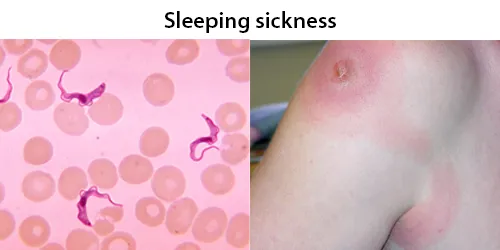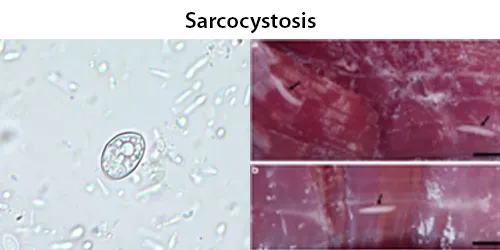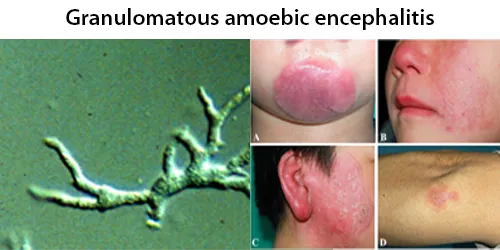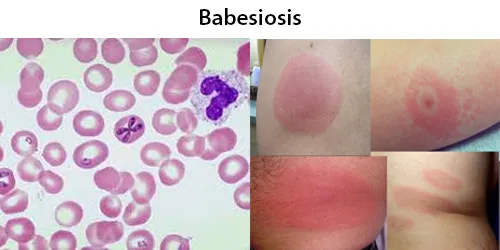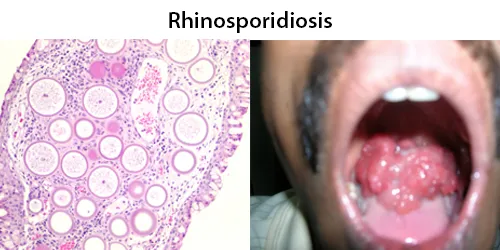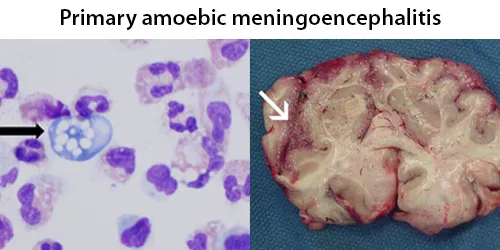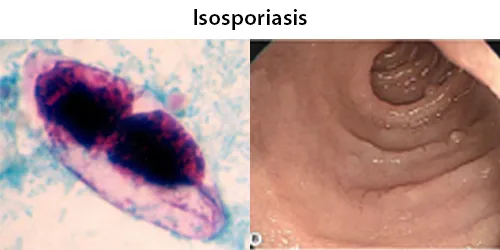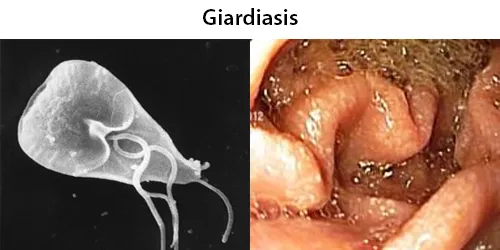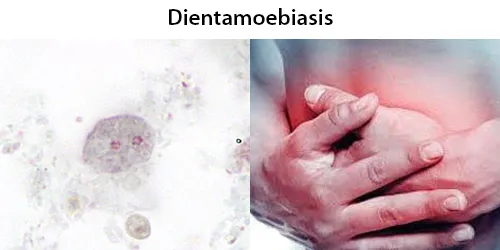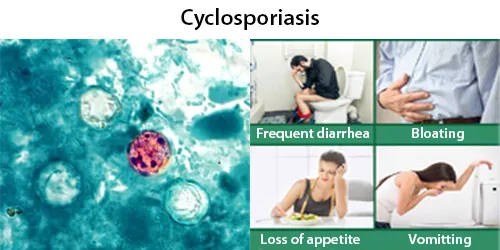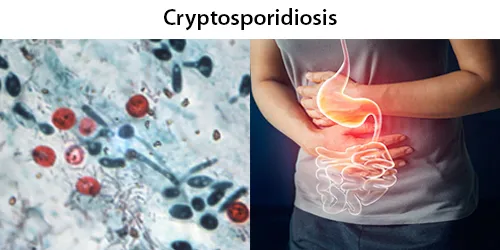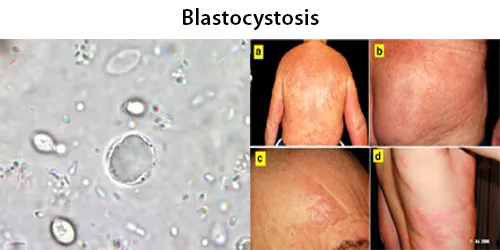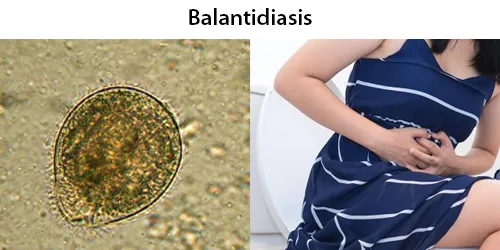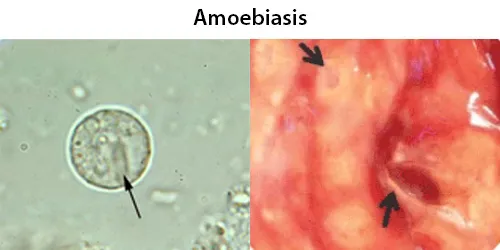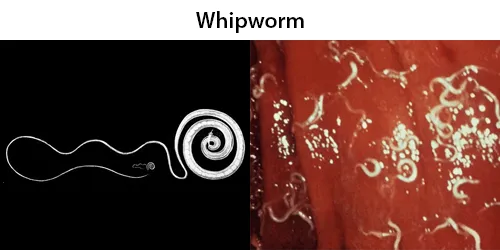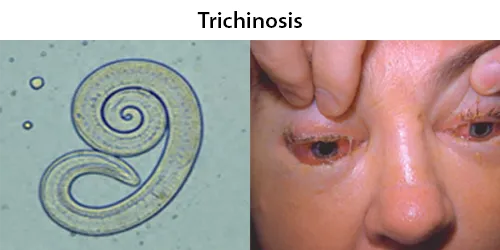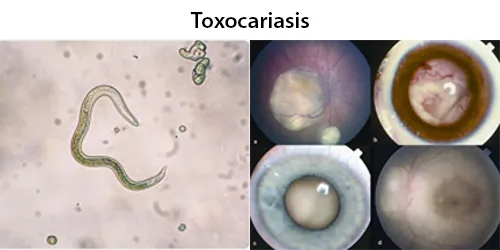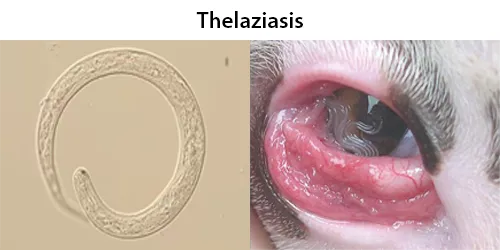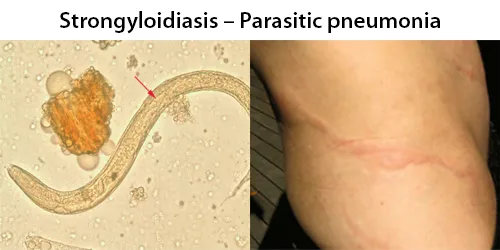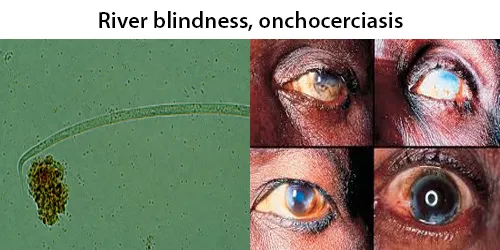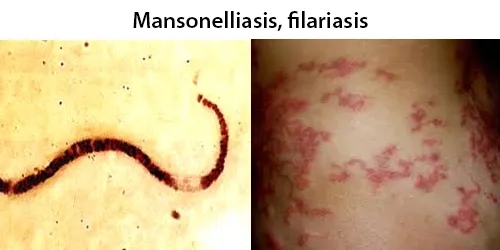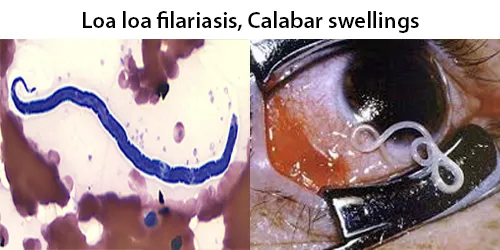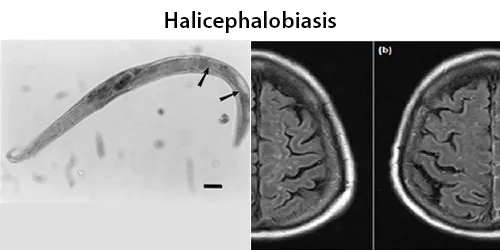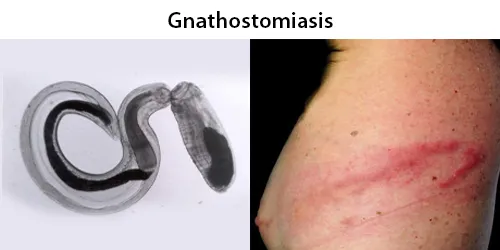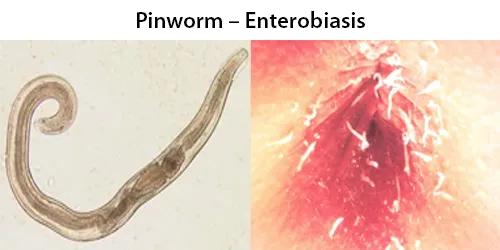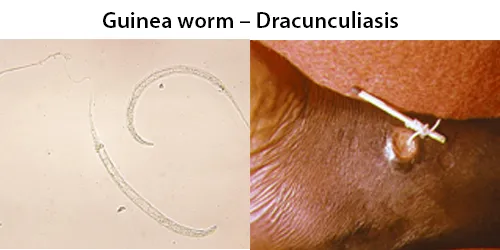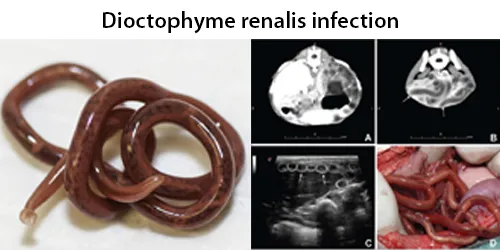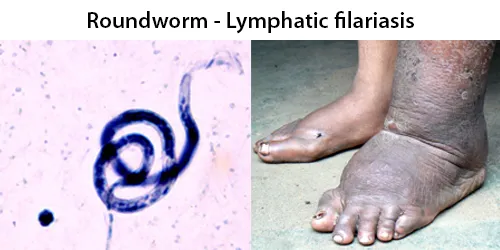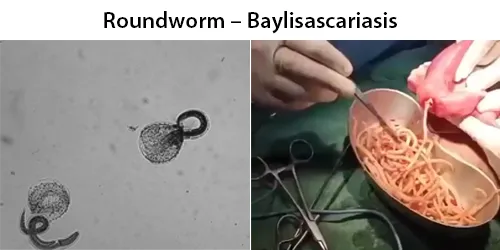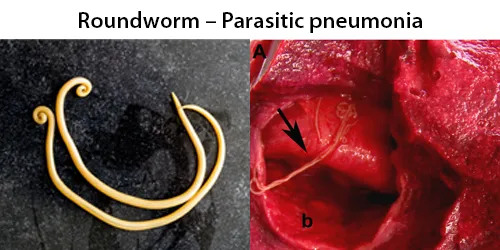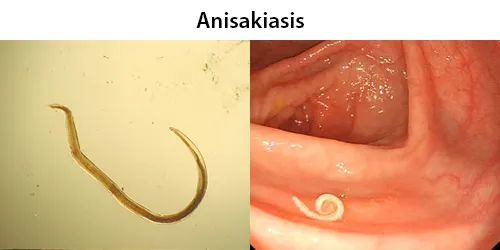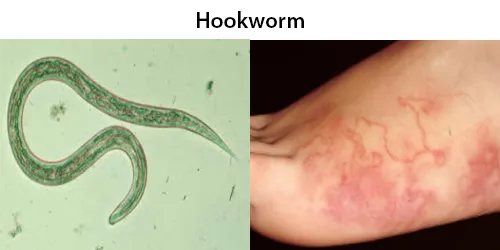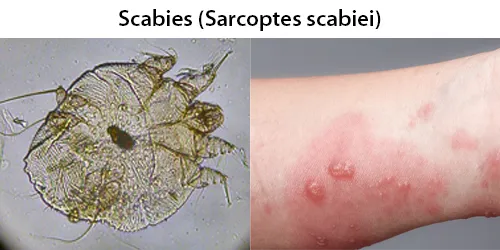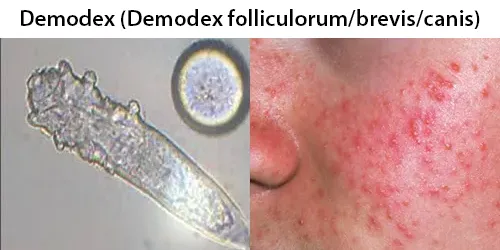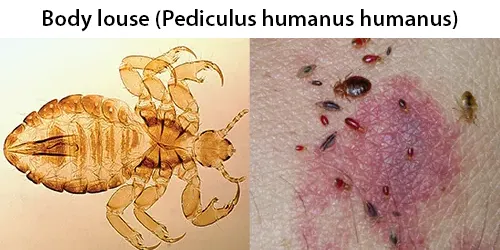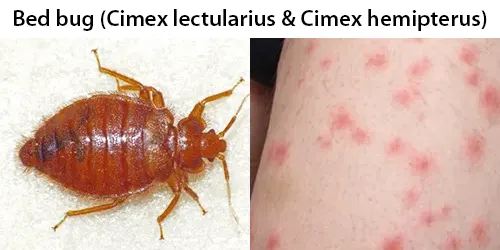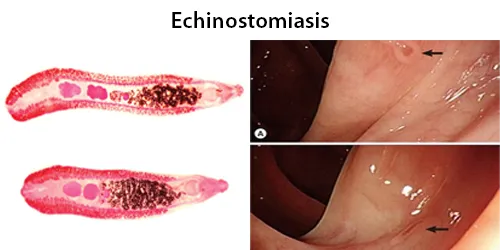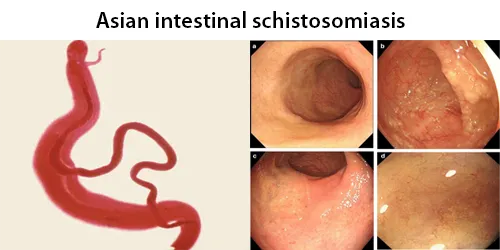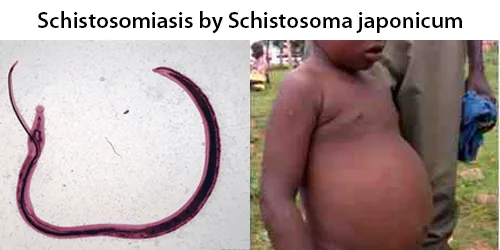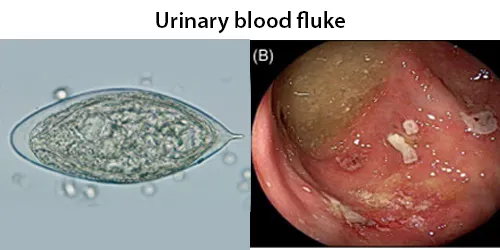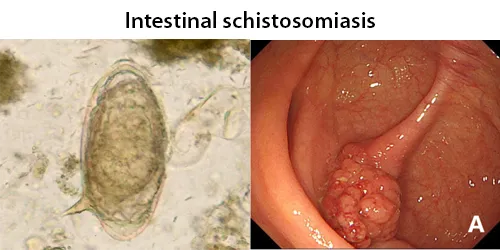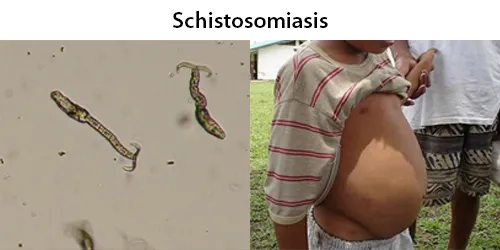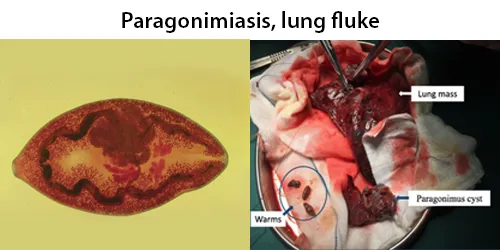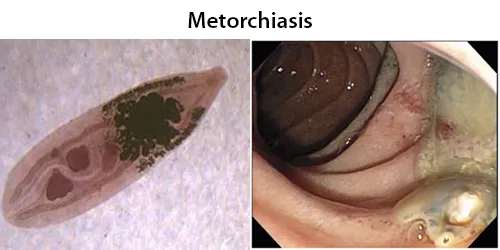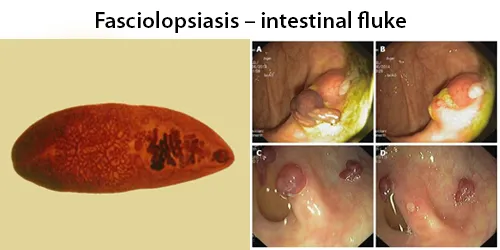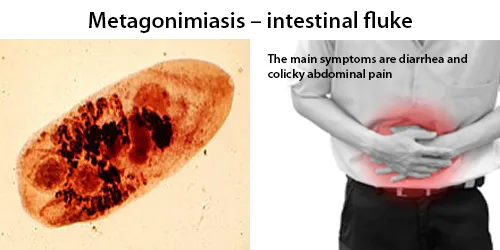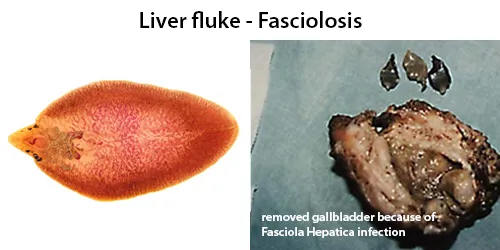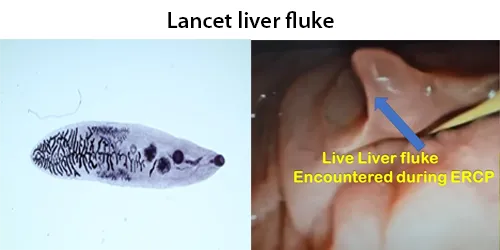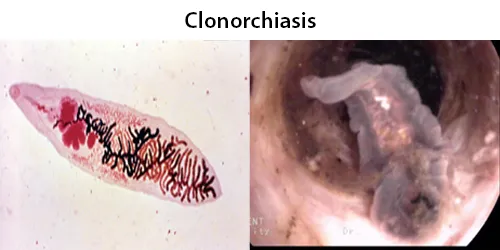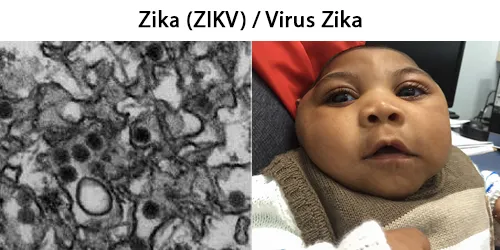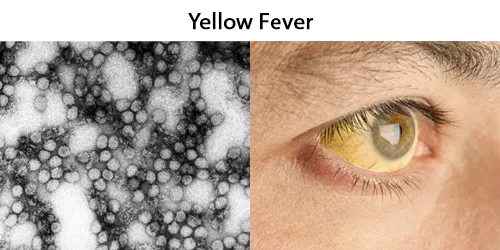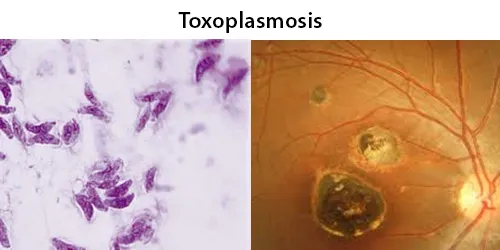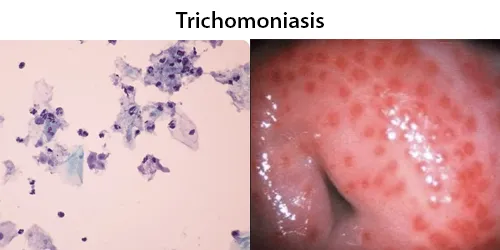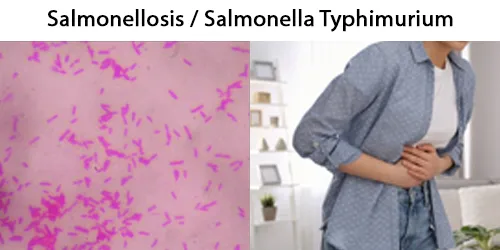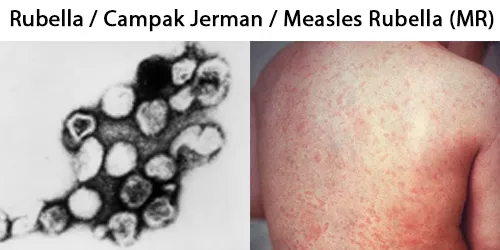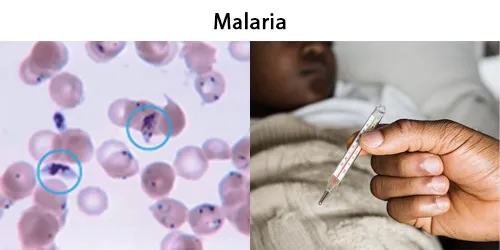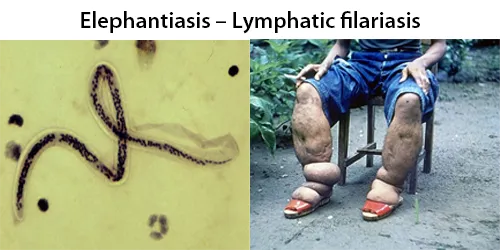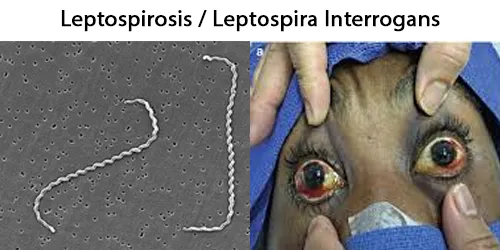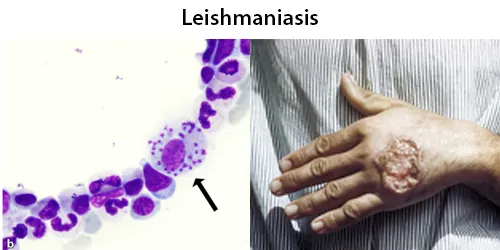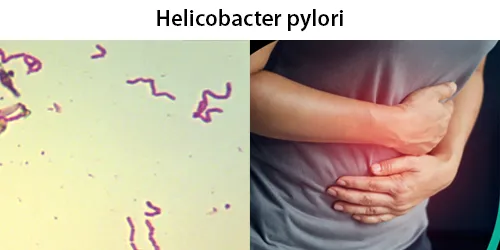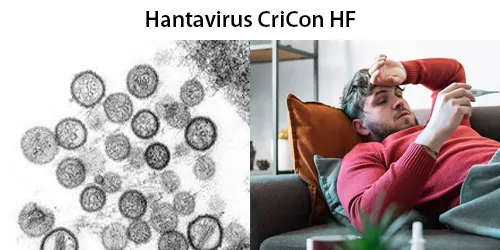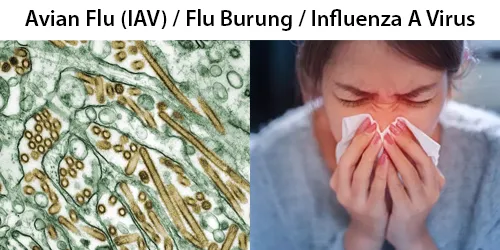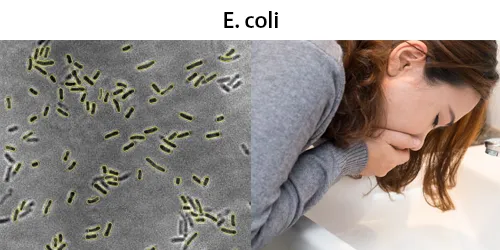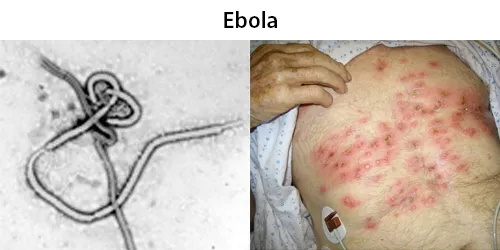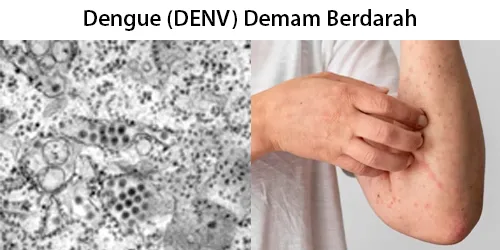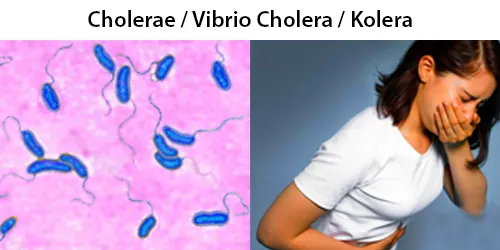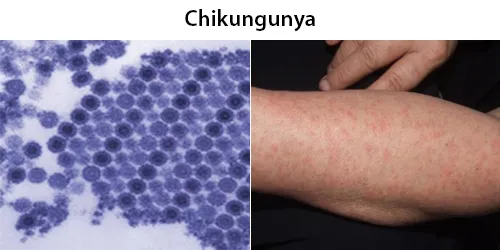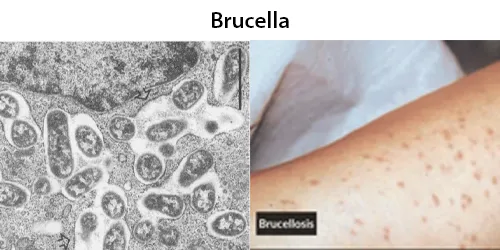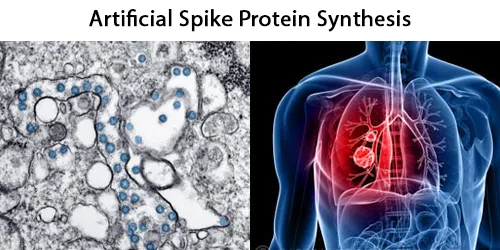The War on Cancer may never be won
“I will also ask for an appropriation of an extra $100 million to launch an intensive campaign to find a cure for cancer, and I will ask later for whatever additional funds can effectively be used. The time has come in America when the same kind of concentrated effort that split the atom and took man to the moon should be turned toward conquering this dread disease. Let us make a total national commitment to achieve this goal.
On December 23, 1971, President Nixon followed through on his promise as he signed the National Cancer Act into law, declaring;
I hope in the years ahead we will look back on this action today as the most significant action taken during my Administration.
The War on Cancer, gave the NCI unique autonomy at NIH with special budgetary authority. (2)
Since 1971, the federal government, private foundations and companies have spent roughly $200 billion on the quest for cures. That money has bought us an estimated 1.5 million scientific papers, containing an extraordinary amount of knowledge about the basic biology of cancer. It has also brought real progress on a number of fronts, not least the invention of drugs for nausea, bowel problems and other side effects of the disease or treatment.(3)
Even with this vast amount of knowledge, cancer is still on track to kill 565,650 people in the US this year�more than 1,500 a day, equivalent to three jumbo jets crashing and killing everyone aboard 365 days a year. (4)
Incidence extrapolations for USA for cancer:
- 1,248,899 per year
- 104,074 per month
- 24,017 per week
- 3,421 per day
- 142 per hour
- 2 per minute
- 0 per second.(5)
After 40 years, it looks like cancer is still winning the war. Its not surprising folk are beginning to question the tactical wisdom employed by the home side. Newsweek , an American weekly news magazine distributed throughout the US and internationally, recently reported that this is a time to consider the missed opportunities of the war on cancer surely of which the greatest is prevention. (6)
The article goes on to say;
Nixon never used the word; he exhorted scientists only to find a cure. Partly as a result, the huge majority of funding for cancer has gone into the search for ways to eradicate malignant cells rather than to keep normal cells from becoming malignant in the first place.
The funding people are interested in the magic-bullet research because that’s what brings the dollars in, says oncologist Anthony Back.
It’s not as sexy to look at whether broccoli sprouts prevent colon cancer. A reviewer looks at that and asks, How would you ever get that to work? And besides, broccoli can’t be patented, so without the potential payoff of a billion-dollar drug there is less incentive to discover how cancer can be prevented.
Funding has gone to easier areas to research, like whether a drug can prevent cancer recurrence, says Lorenzo Cohen, who runs the integrative care center at M. D. Anderson. That’s simpler to study, he points out, than whether a complicated mix of diet, exercise and stress reduction techniques can keep the micro- nvironment hostile to cancer.
Which leads to another big missed opportunity the use of natural compounds and non-drug interventions such as stress reduction to keep the micro- environment inhospitable to cancer. Cancer cells have receptors that grab stress hormones out of the bloodstream and use them to increase angiogenesis, a
fundamental step in the transition of tumors from a dormant state to a malignant one.
What if substantial evidence was found linking an environmental factor to be instrumental in tumor growth in breast cancer? Similar to that of tobacco and lung cancer.
Would we fare any the better in the fight?
Recent literature has voiced concerns over the consumption of cows milk. Dairy cattle (dairy cows) are cattle cows (adult females) bred for the ability to produce large quantities of milk, from which dairy products are made.
Cows have been selectively bred over time to create high levels of growth hormones those being the cows that grow the fastest and produce the greatest amount of milk. (Between 1959 and 1990, US milk production doubled while the number of dairy cows declined 40 percent). Part of the problem seems to be milk from modern dairy farms where cows are milked about 300 days a year. For much of that time, the cows are pregnant. The later in pregnancy a cow is, the more hormones appear in her milk. (7)
Every sip of cow’s milk contains 59 different bioactive hormones, according to endocrinologist Clark Grosvenor in the Journal of Endocrine Reviews. Milk is a hormonal delivery system, providing nursing infants with food for the young of each species.
Stress
It’s not only growth hormones that get passed into the milk so do stress hormones. The conditions in which cows live, as well as the rigorous milking regimes, taking away of the calves (calves are a drain on the precious milk so they’re taken away from their mothers long before they’ve finished suckling), cause dairy cattle to live in a permanent state of sympathetic (stress) response.”>8
Studies have indicated that stress can affect tumor growth and spread, but the precise biological mechanisms underlying these effects are not well understood. However, recent research using animal models indicates that the body’s release of stress hormones can affect cancer cell functions directly. (9)
Stress activates a protein that allows cancer cells to survive even as they are attacked by chemotherapy and radiation. Even when radiation had damaged the cancer cell’s DNA, the cells avoided death when heat shock factor-1 was around, turning on another partner-in-crime protein that protects cancer cells from harm. Cancer grows as cells divide and multiply. The stress-induced protein allows damaged cancer cells to pause, repair themselves and continue dividing.(10)
When we drink cow’s milk, we are exposed to the millions of stress-response cells contained within. (11)
Study compared diet and cancer rates in 42 counties. It showed that milk and cheese consumption are strongly correlated to the incidence of testicular cancer among men ages 20 to 39. Rates were highest in places like Switzerland and Denmark, where cheese is a national food, and lowest in Algeria and other countries where dairy is not so widely consumed.
Butter, meat, eggs, milk, and cheese are implicated in higher rates of hormone-dependent cancers in general. Breast cancer has been linked particularly to consumption of milk and cheese.
In 1999, the average American consumed a combined 5 ounces per day of meat and chicken, and 29.2 ounces of milk and dairy products. That’s 666 pounds per year per American of dairy products, making this group the largest component of America’s diet.
Concentrated milk in the form of increased cheese consumption means that concentrated hormones are being consumed.
All this begs the question of the health effects of milk on children. About 75 percent of American children under 12 consume dairy every day, but its health effects on prepubescent bodies is not known a good rationale for further study, says Ganmaa Davaasambuu a physician, a Ph.D. in environmental health (Japan), a fellow (Radcliffe Institute for Advanced Study), and a working scientist (Harvard School of Public Health).
So, if further study is carried out and links between dairy consumption and cancer are strongly correlated, who’s going to lose out?
Obviously the main loser would be the dairy industry and those associated with it.
In the US, Americans consumed 8.8 billion pounds of cheese in 2003 with a total market value of $39.9 billion. A main player in the industry is Kraft foods
inc. The company’s core businesses are in beverage, cheese and dairy foods, snack foods, confectionery, and convenience foods. The full list of Kraft brands can be found at Largest Brands on Krafts own website.
| Operating income | ▲ US$5.52 Billion (FY 2009)[1] |
|---|---|
| Net income | ▲ US$3.02 Billion (FY 2009)[1] |
| Total assets | ▲ US$66.7 Billion (FY 2009)[2] |
| Total equity | ▲ US$25.9 Billion (FY 2009)[2] |
| Employees | 98,000 (2008) [3] |
Since 2003, The National Dairy Council, has spent $200 million promoting the idea that milk can help you lose weight. They have given Michael B. Zemel, a professor of nutrition and medicine at the University of Tennessee, nearly $1.7 million in research grants since 1998 to find statistics that can justify their campaign.(13)
Subsidies for US dairy farmers are estimated to be nearly $15 billion or equivalent to over 40 percent of production costs.
Contrast these vast sums with the $2 million spent on promoting the 5 a Day eat more fruit and veg campaign encouraged by The World Health Organisation to curb the rise in preventable diseases.
What about the tobacco industry?
Since 1964 conclusive epidemiological evidence of the deadly effects of tobacco consumption has led to a sharp decline in official support for producers and manufacturers of tobacco. Tobacco is an agricultural commodity product, similar in economic terms to agricultural foodstuffs: Laws around the world now often have some restrictions on smoking, but 5.5 trillion cigarettes are still smoked each year.(14)
Participants in the industry argue that commercial tobacco production is a vital part of the American and world economy. They state that thousands of farmers in the United States, alone, make their living from raising tobacco leaves for use by the industry. They cite the fact that the tobacco industry contributes billions of dollars in tax revenue to the state and federal government every year.(15)
Following extensive merger and acquisition activity in the past two decades, international markets are dominated by five firms:
- Philip Morris International
- British American Tobacco
- Japan Tobacco
- Altria, and
- Imperial Tobacco.
Philip Morris International products are sold in over 160 countries. In 2007, it held a 15.6 percent share of the international cigarette market outside of the USA and reported revenues net of excise taxes of $22.8 billion and operating income of $8.9 billion.
We have known for nearly 50 years that tobacco causes cancer yet production and consumption is still ongoing. There’s little hope of radical change in the dairy industry if it’s known cancer causing ingredients are being consumed.
Why the pessimism?
Well, guess who owns Kraft?
Philip Morris Companies (renamed Altria in 2003) purchased Kraft for $12.9 billion at the end of 1988. (16)
The war goes on.






















